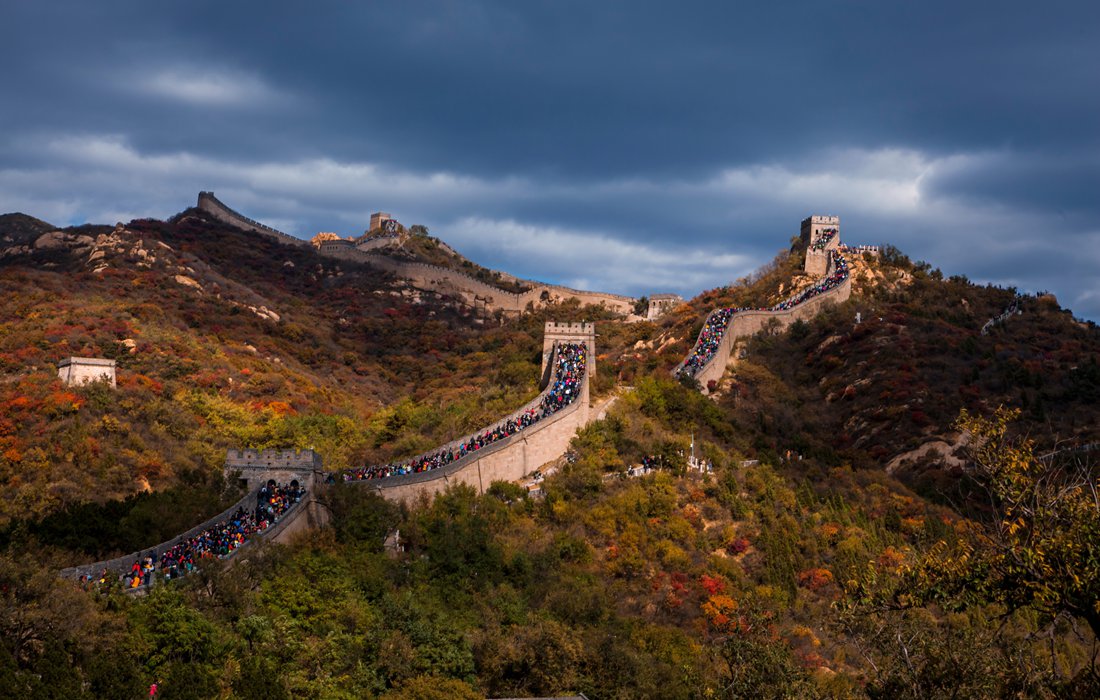Editor's Note:
As an ancient civilization, China has numerous rich and varied heritage sites. China’ first batch of heritage sites was officially compiled in a list in 1987 and as of 2019, this list has a total of 55 world heritage sites, the largest number in the world, together with Italy. Photos: IC
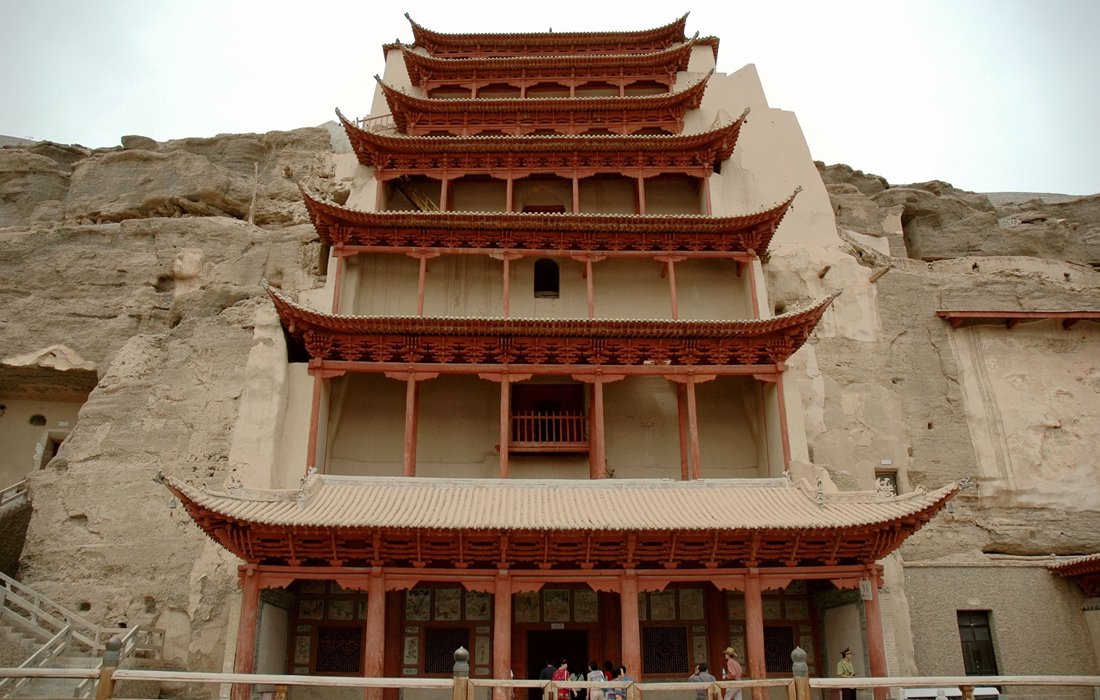
Located in Dunhuang Oasis in Northwest China’s Gansu Province, Mogao Grottoes is also referred to as the Thousand-Buddha Caves for its 492 cells and cave sanctuaries, besides a large number of statues and paintings that demonstrates the exemplary Buddhist arts spanning for a thousand years starting AD366. As it is on a strategic point along the Silk Road, it has been a fuse furnace of religions, cultures and knowledge. It was included on the World Cultural Heritage List in 1987.
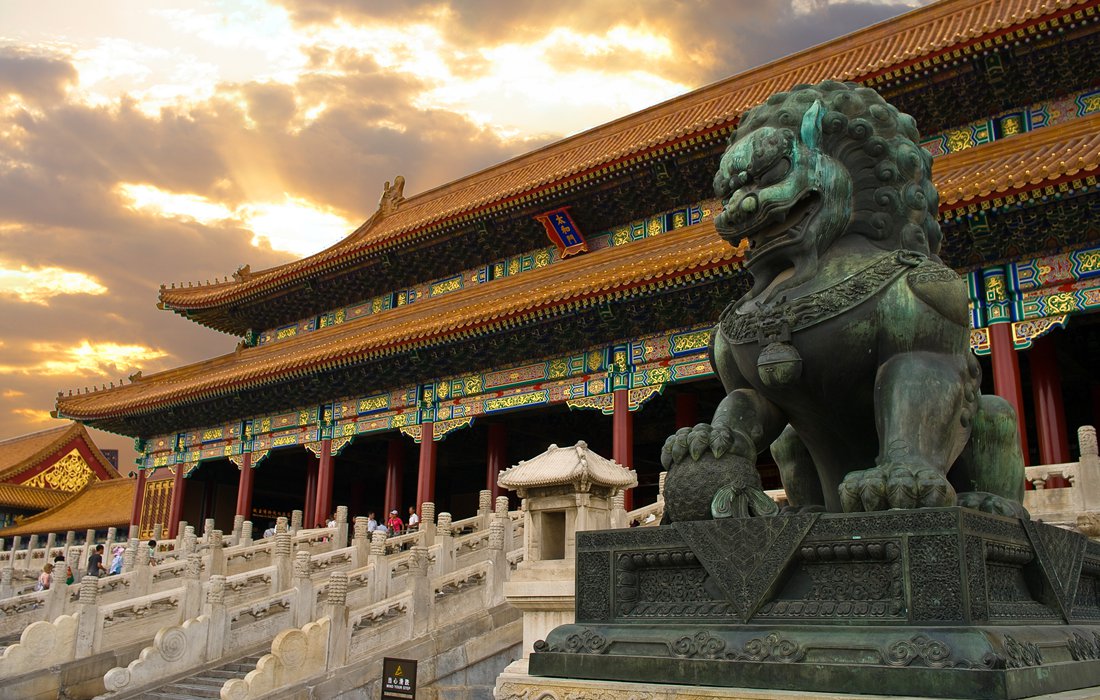
The Imperial Palace of the Ming and Qing Dynasty at the center of Beijing is most commonly known as the Forbidden City. Constructed between 1406 and 1420, it was a representation of the feudal power under the regime of 14 Ming and 10 Qing dynasty emperors. The invaluable architectures, furniture, and artworks are all priceless testimonies of the imperial life. The imperial family was forced to move out in 1924 and afterward it was converted into the Palace Museum in 1925. It was inscribed on the list of the World Cultural Heritage list in 1987.
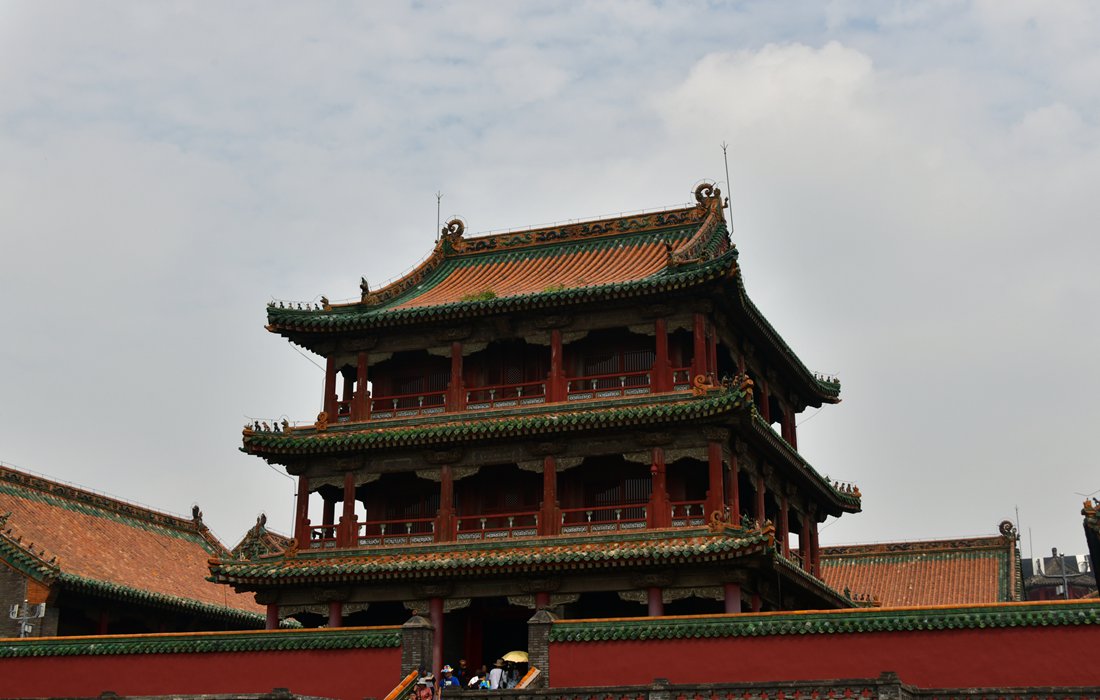
Constructed between 1625 and 1783, the Imperial Palace of the Qing Dynasty in Shenyang, Northeast China’s Liaoning Province, bears a unique testimony of the Qing dynasty’s foundation as well as the cultural traditions of the Chinese ethnic minority group Manchu. It was inscribed on the World Cultural Heritage list in 2004.
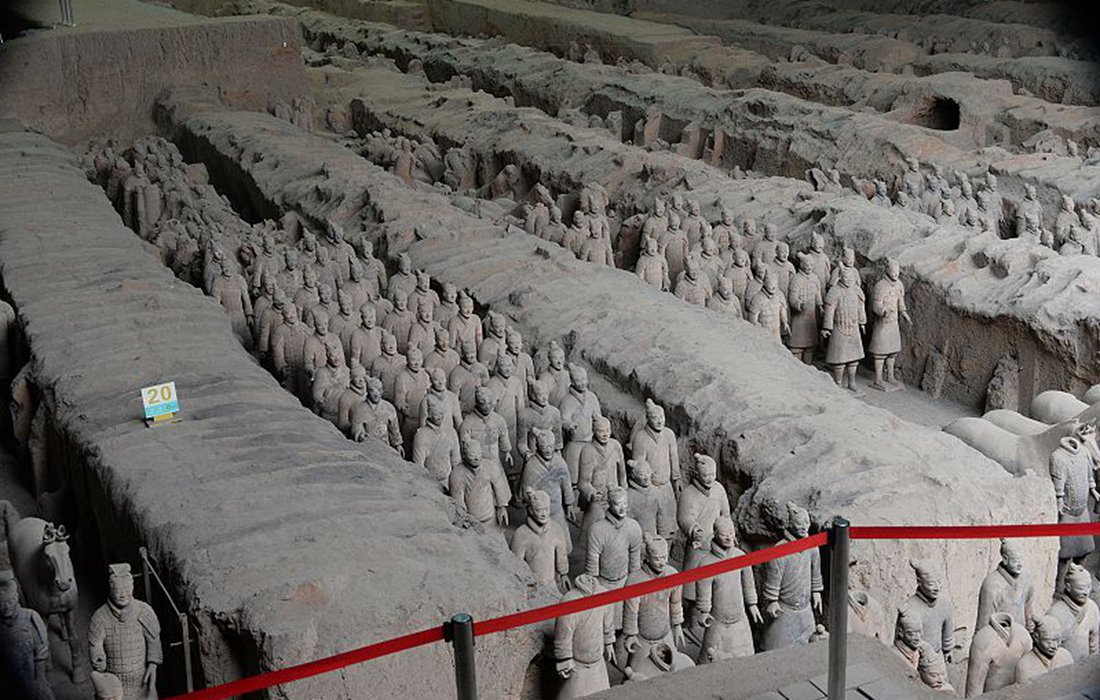
On the foothills of Lishan Mountain, 35 kilometers northeast of Xi’an, capital of Northwest China’s Shaanxi Province, the famed terra cotta army is seated. The terra cotta warriors are unique and incomparable burial objects for China's first feudal Emperor Qinshihuang, the founder of China’s first collective sovereign Qin Dynasty. The mausoleum was found in 1974 and inscribed on the World Cultural Heritage list in 1987.
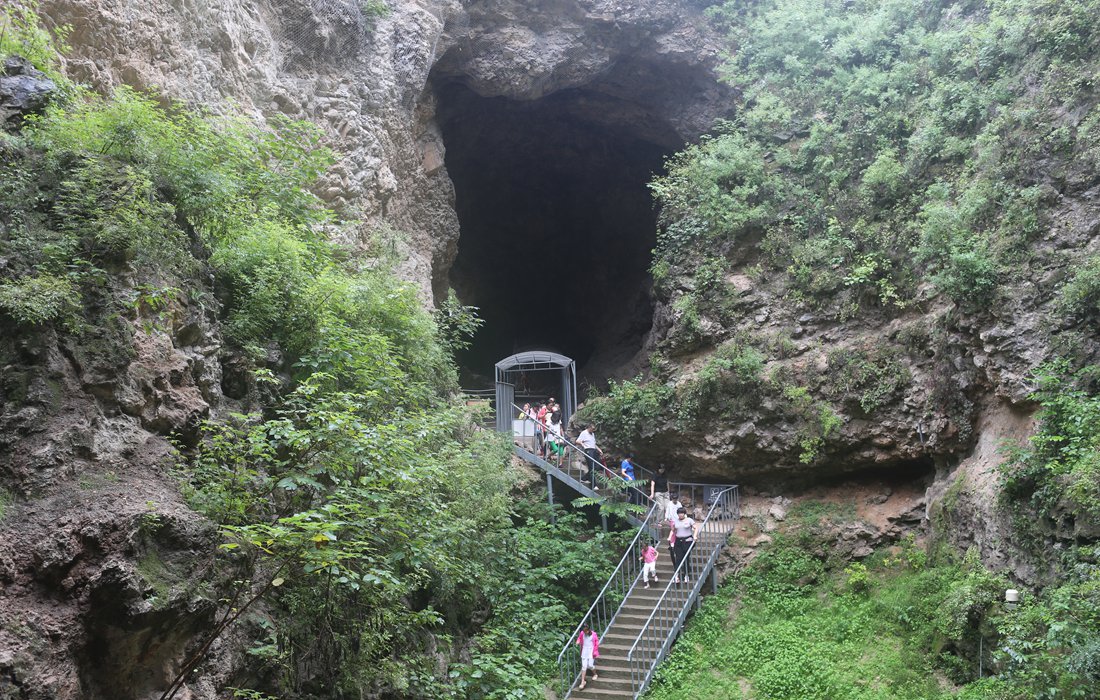
The discoveries of the remains of Sinanthropus pekinensis (18,000 BC and 11,000 BC) in Peking Man Site at Zhoukoudian gave rare evidence of the existence of pre-historical human societies in the Asian continent. The scientific explorations persist and the site was added to the World Cultural Heritage list in 1987.
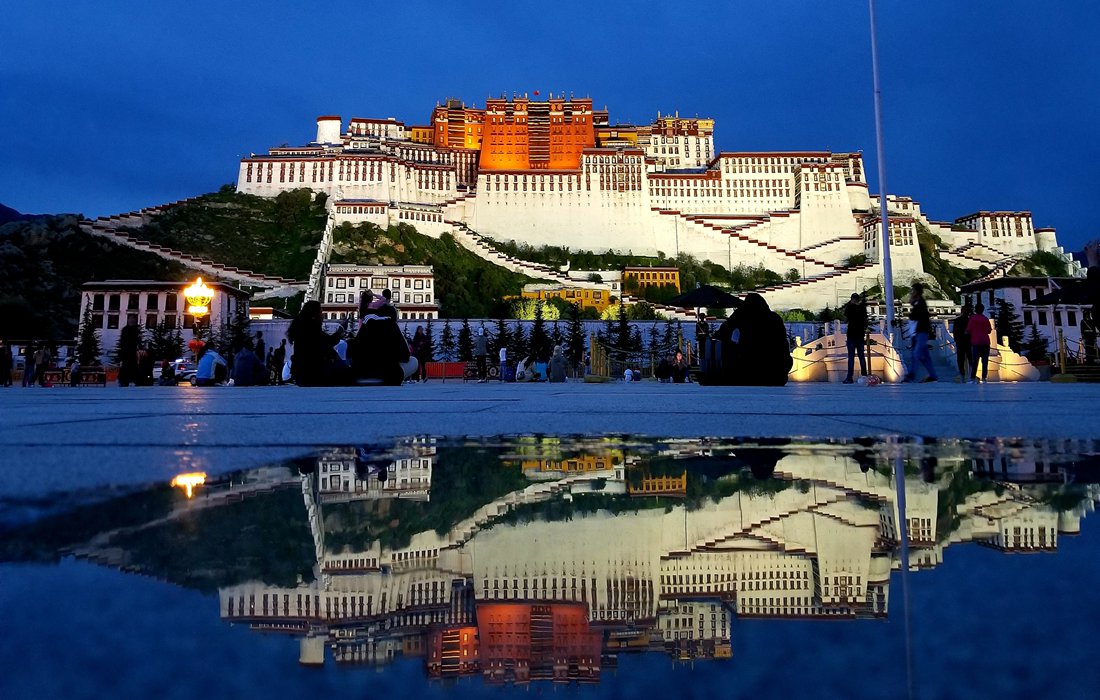
Built at an altitude of 3,700 meters in Lhasa, Southwest China’s Tibet Autonomous Region, the Historic Ensemble of the Potala Palace treasured the Tibetan Buddhist religion, architecture and arts. The Potala Palace, Jokhang Temple, and Norbulingka in the ensemble were inscribed on the World Cultural Heritage list in 1994, 2000 and 2001 respectively.
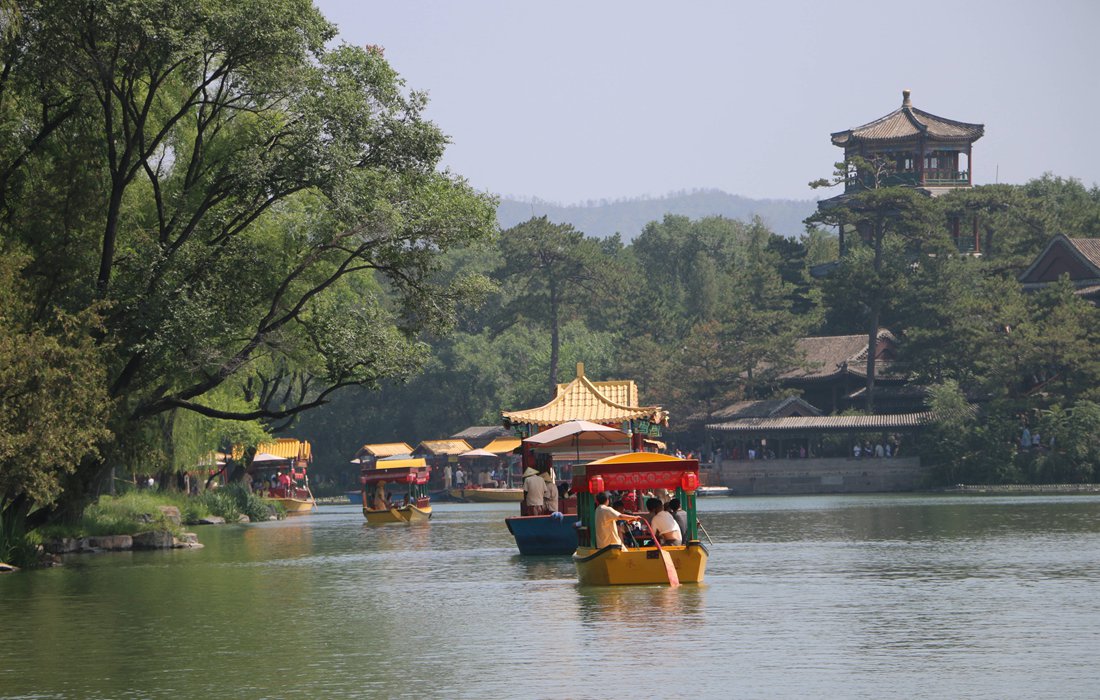
Located in Chengde, North China’s Hebei Province, Mountain Resort and its Outlying Temples used to be the summer resort of Qing Dynasty emperors. The aesthetic interests come from the seamless blend of palaces, temples, and gardens into scenic lakes, pastureland, and forests. It has incredible historical value in denoting the evolvement of the last Chinese feudal dynasty. It was added to the World Cultural Heritage list in 1994.
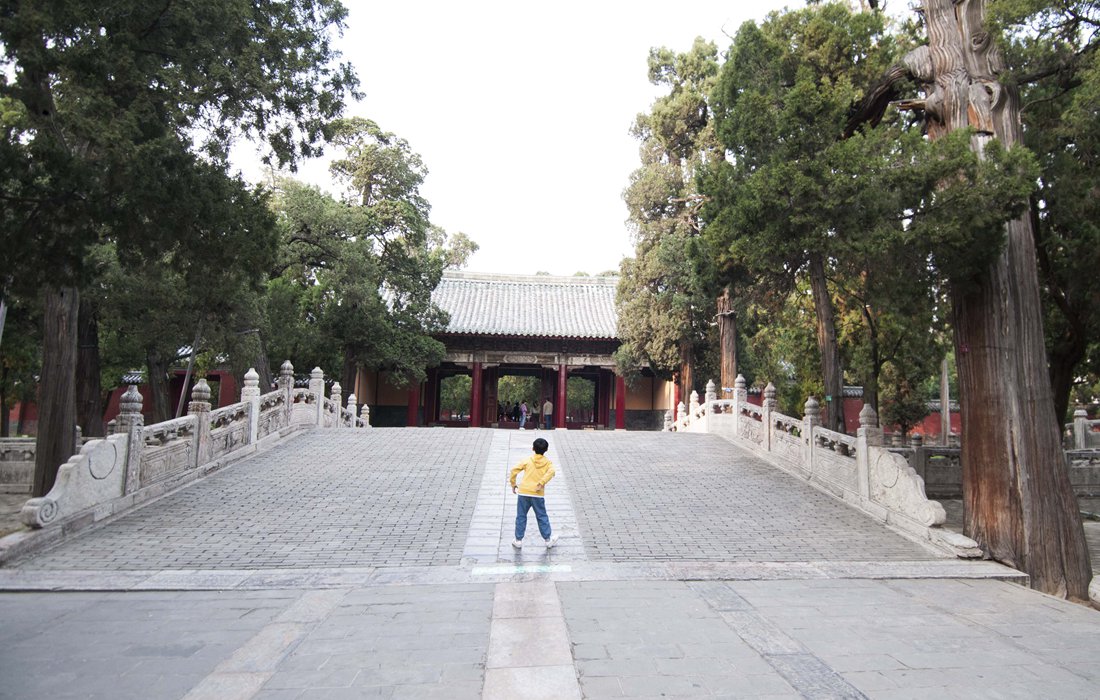
The Qufu complex, located in the native city of Confucius in East China’s Shandong Province, includes a grand temple space with over 100 buildings, the cemetery of this great philosopher, politician and educator as well as his more than 100,000 descendants and the Kong Family Mansion. It was added to the World Cultural Heritage list in 1994.
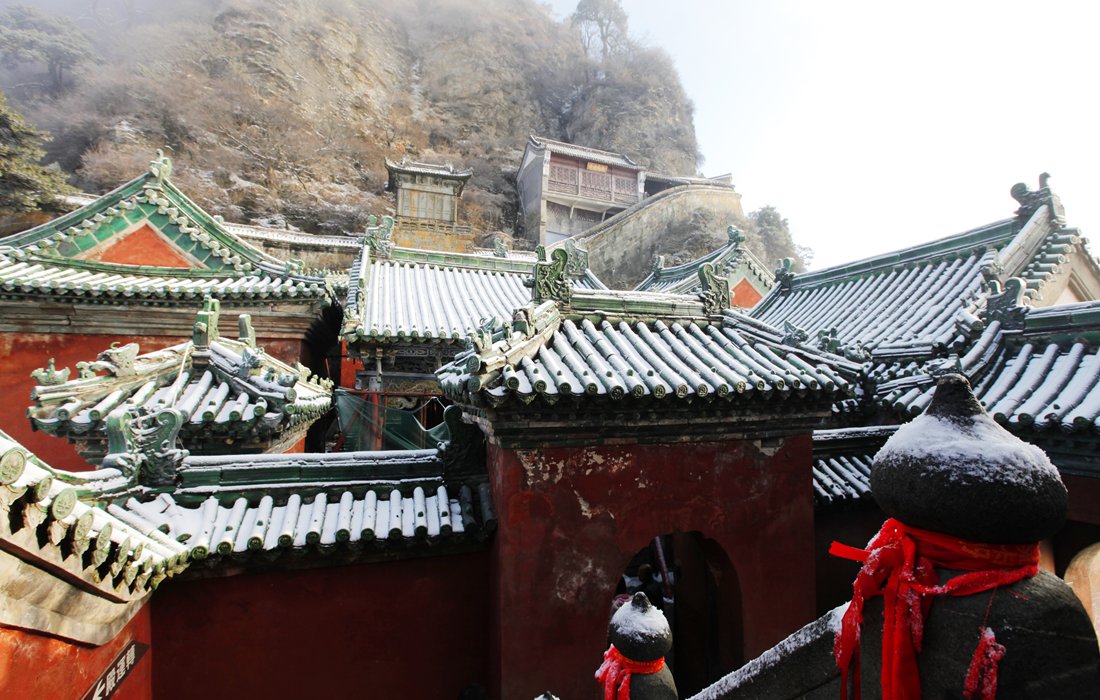
The ancient building complex in Wudang Mountains was built based on Taoist stories. Since the early Tang Dynasty it was nicknamed as the hanging Palace Museum on cliffs. Located in Danjiangkou city in Central China’s Hubei Province, it flaunts the greatest achievements of Chinese architecture and art of over 1,000 years. It was added to the World Cultural Heritage list in 1994.
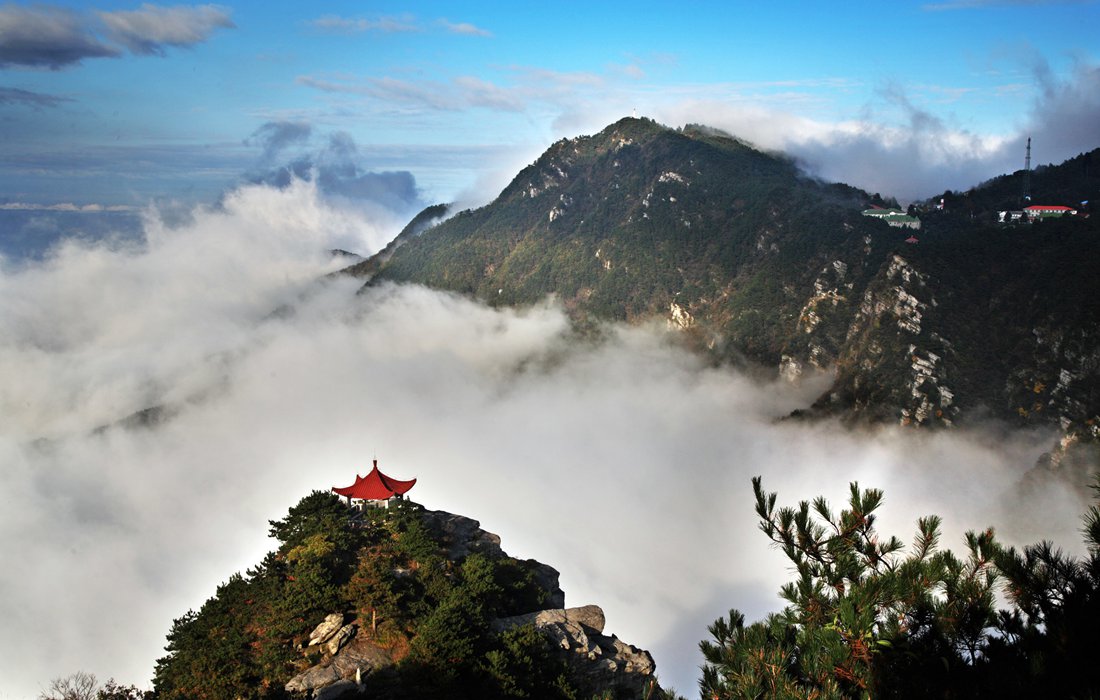
Lushan National Park in Jiujiang, East China’s Jiangxi Province, is renowned for not only its stunning scenic beauty but also for its extensive historical signs of religion and Chinese literature, thus making it a spiritual center of Chinese civilization. It was enlisted in the World Cultural Heritage list in 1996.
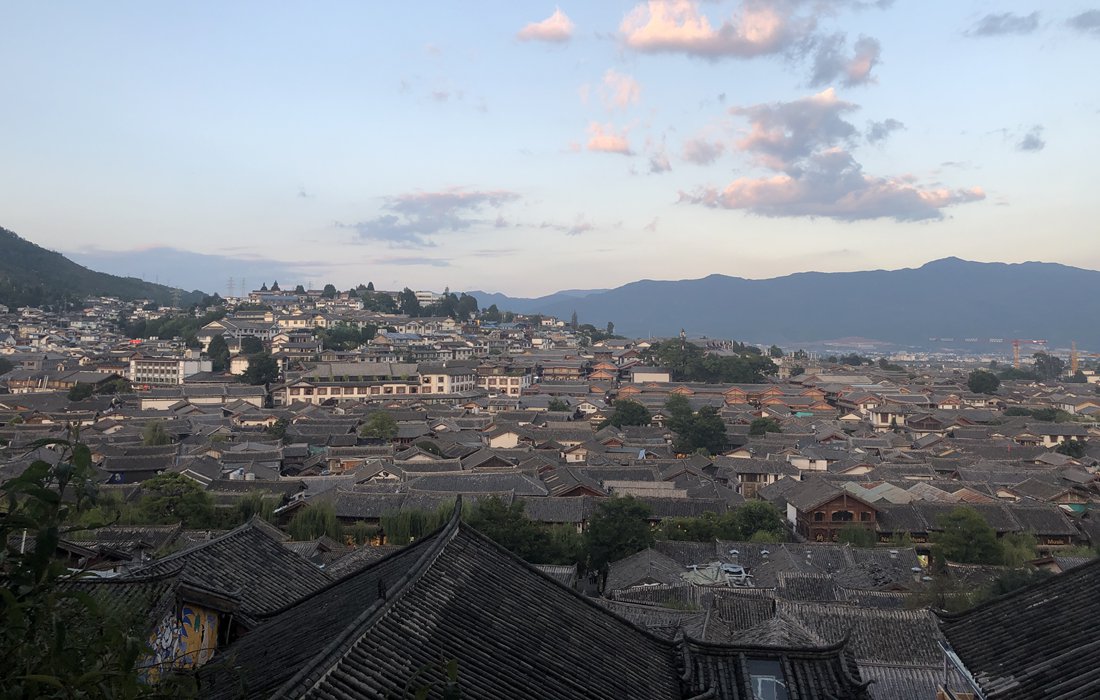
The Old Town in Lijiang used to be an important commercial and strategic site in Southwest China’s Yunnan Province. It’s one among the few preserved ancient towns in China. The complex and its ingenious ancient water-supply system have been functioning effectively to date. It was inscribed on the World Cultural Heritage list in 1997.
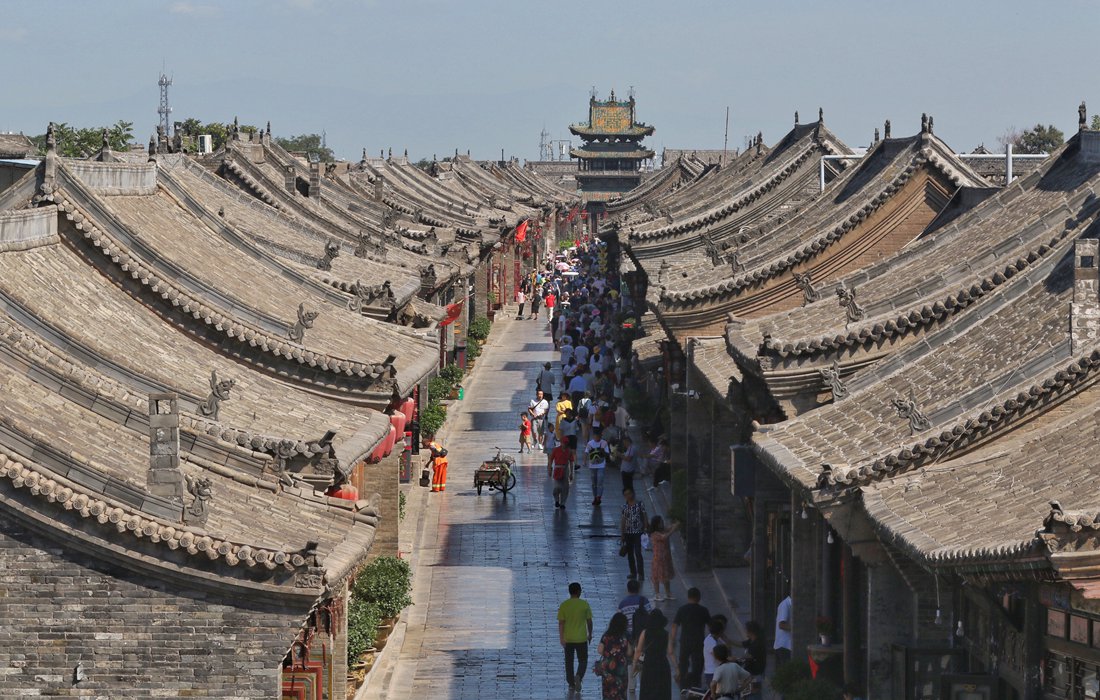
The Ancient City of Pingyao is an exceptionally well-preserved example of the immaculate planning and construction of cities by ethnic Han people. Located in North China’s Shanxi Province, it was built in the 14th century and evolved to be the country’s financial center from the 19th century to the early 20th century. It was inscribed on the World Cultural Heritage list in 1997.
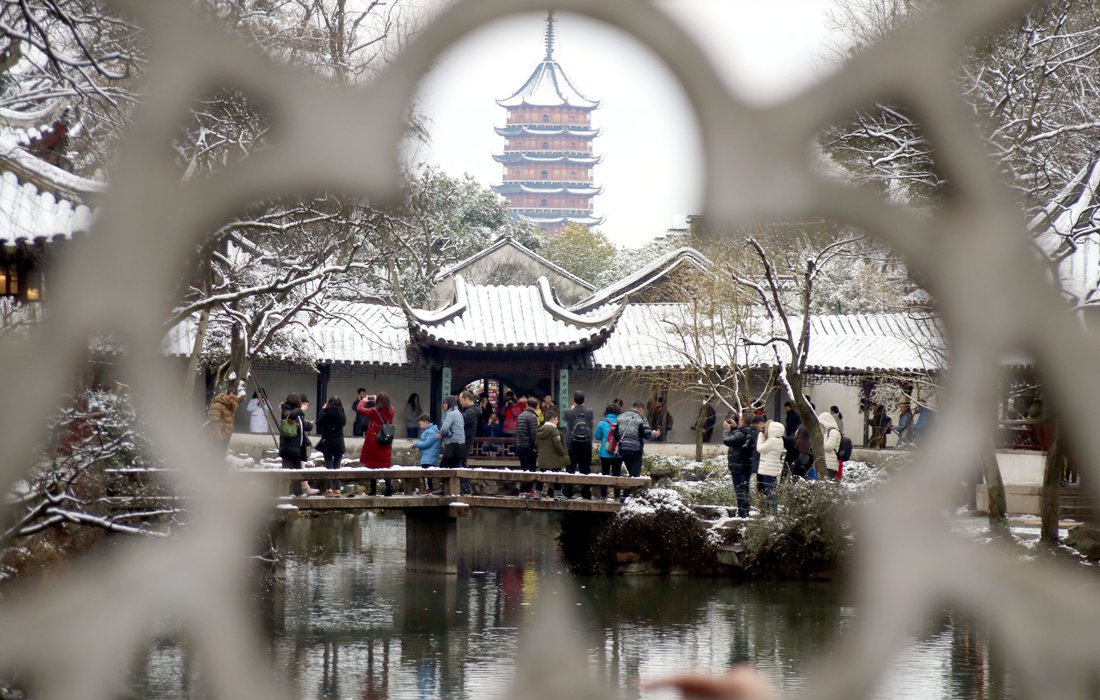
Classical gardens of Suzhou, in East China’s Jiangsu Province, are recreations of natural landscapes in miniature. The gardens are the representative works in Chinese classical garden building, in which meticulous designs of landscape and buildings convey Chinese philosophy. It essentially imparts the message of harmony between man and nature. Four of these gardens were added to the World Cultural Heritage list in 1997 while another five were enlisted in 2000.
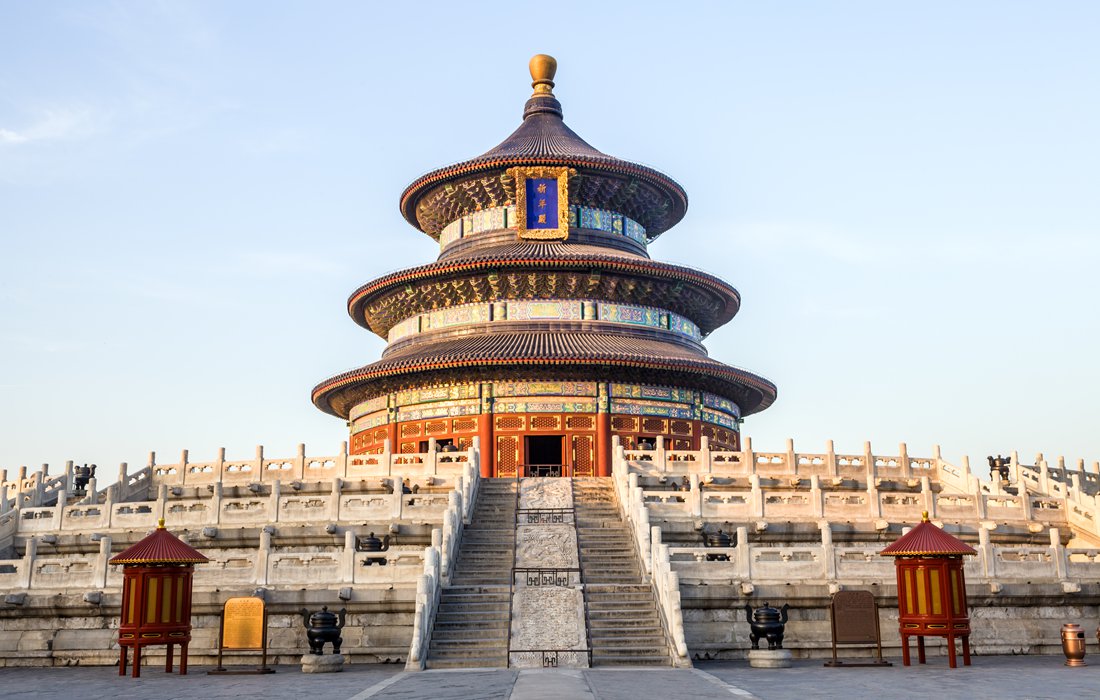
Temple of Heaven, an imperial complex first constructed in 1420 in Beijing, was used for sacrificial activities during the Ming Dynasty (1368-1644) and Qing Dynasty (1644-1911). The overall layouts including its individual buildings symbolize the relationship between earth and heaven, the human world and God’s world. It was inscribed on the World Cultural Heritage list in 1998.
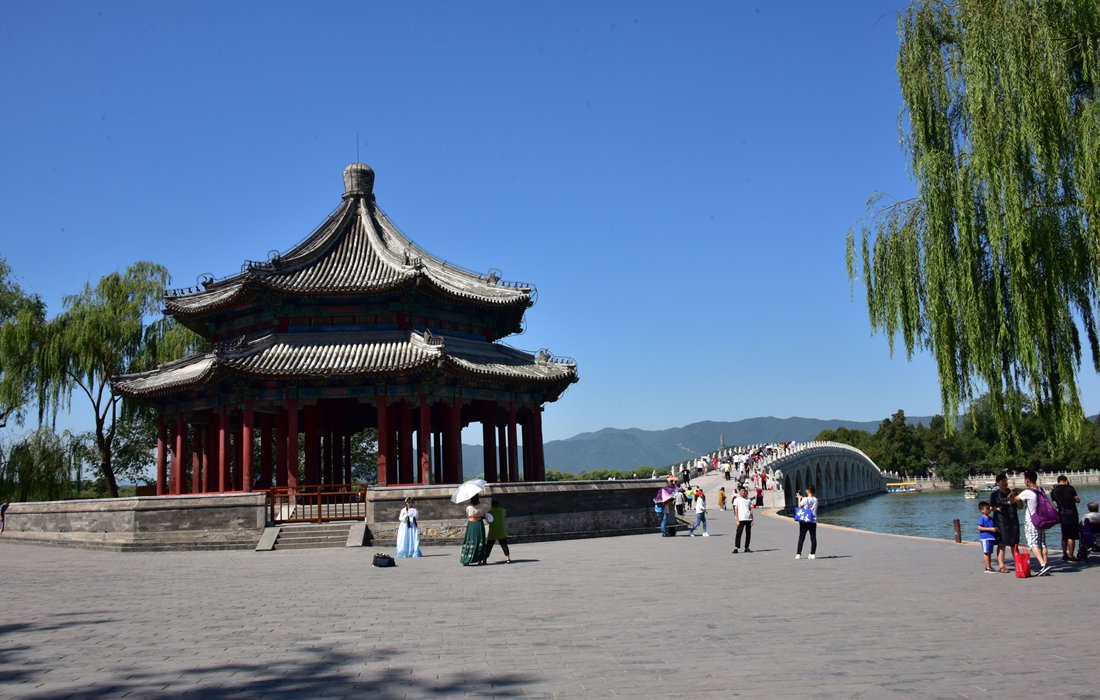
First laid the foundation in 1750 by Emperor Qianlong, the Summer Palace is a masterpiece of Chinese landscape garden building in Beijing and served as an imperial recreational site for Qing Dynasty emperors. It is of great aesthetic value today. The artificial buildings, such as pavilions, bridges, temples, and halls resonate well with natural landscapes like hills and open water bodies. It was inscribed on the World Cultural Heritage list in 1998.
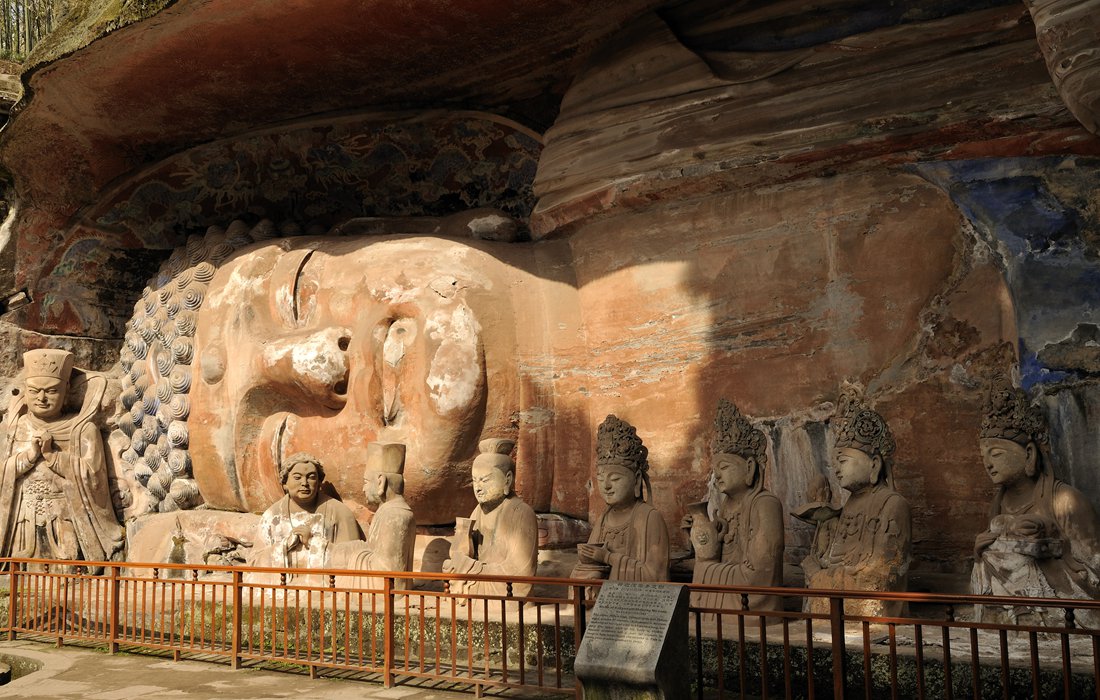
Dating back from the 9th to 13th centuries, the five clusters of rock carvings in the Dazu district of Southwest China’s Chongqing Municipality contain mostly Buddhist statues with some Taoist statues and Confucian figures. With exquisite carvings that depict everyday life, Dazu Rock Carvings preserve precious historical information and have high aesthetic values. It was added to the World Cultural Heritage list in 1999.
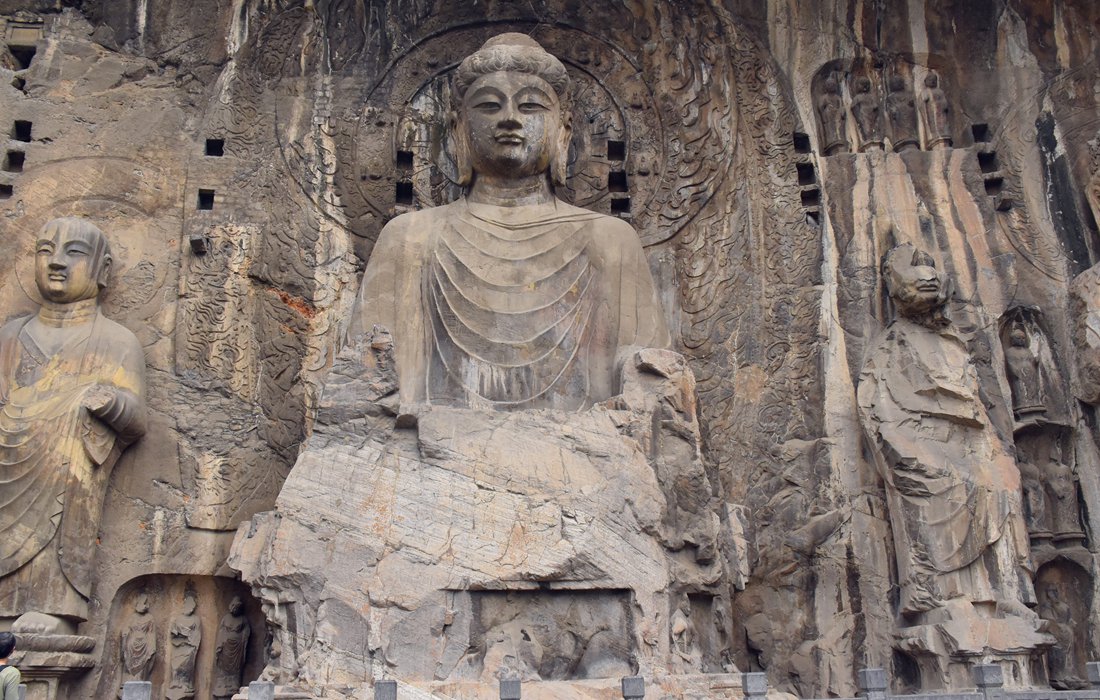
Located in Luoyang, Central China’s Henan Province, Longmen Grottoes contain a large volume of Buddhist grottos and niches built in late Northern Wei and Tang Dynasties (316-907) and represent the richest form of art of that time. It was added to the World Cultural Heritage list in 2000.
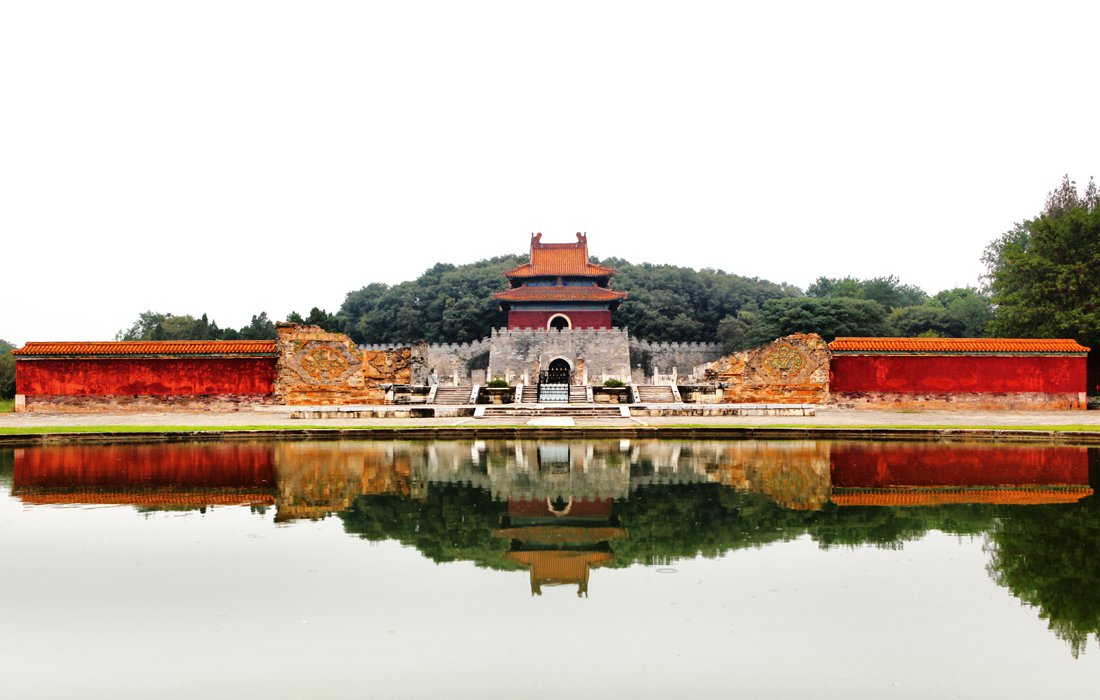
The imperial tombs scattered scarcely in Chinese cities like Beijing, Nanjing in East China’s Jiangsu Province, Fengyang in East China’s Anhui Province were built between 1368 and 1915, and portrayed the fengshui culture and the customs and techniques of imperial funerary building. The tomb sites got a place on the World Cultural Heritage list gradually in 2000, 2003 and 2004.
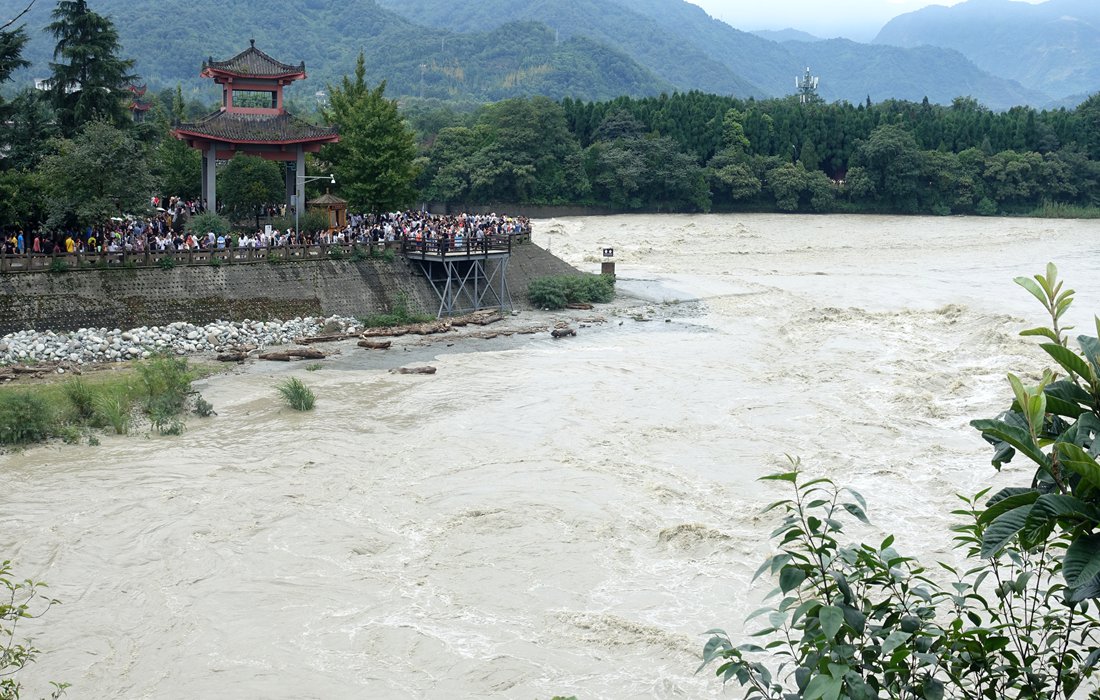
Located in the northwest of Chengdu city in Southwest China’s Sichuan Province, Mount Qingcheng is one of the birthplaces of Taoism. The Dujiangyan irrigation system was constructed around 256 BC, went through different modifications in ancient China and continues to prevent flooding even today. It successfully bid for the World Cultural Heritage list in 2000. It was added to the World Cultural Heritage list in 2000.
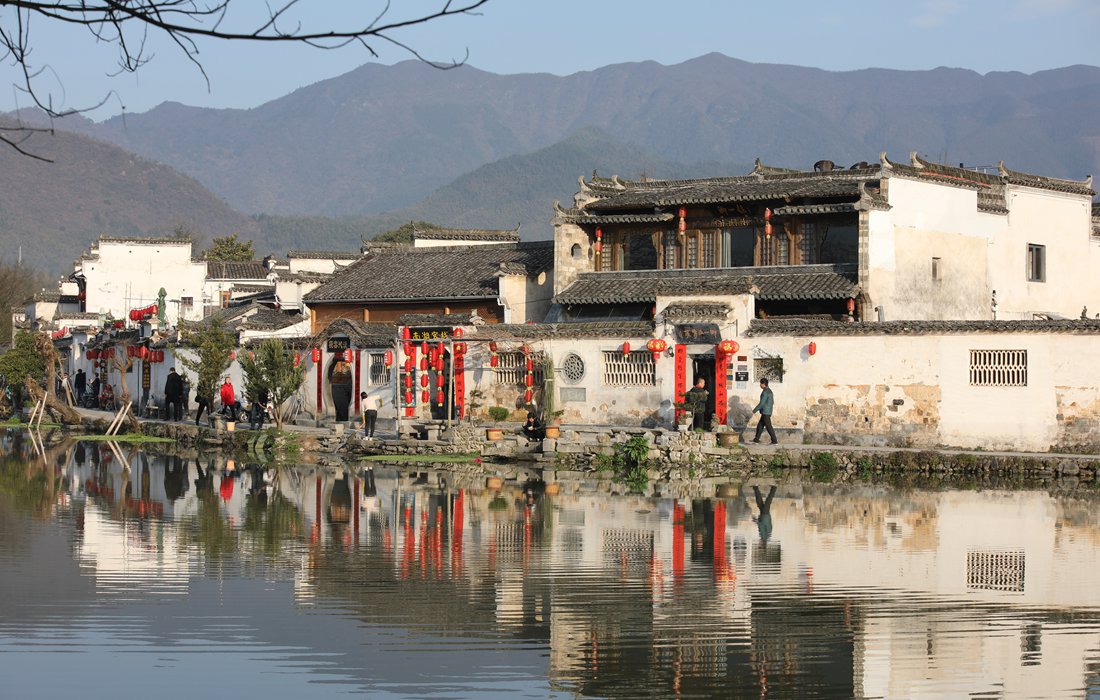
The ancient villages of Xidi and Hongcun in the southern part of East China’s Anhui Province cast an exceptional view of the construction of residential areas in non-urban localities between the 14th and 20th centuries, including the street planning, architecture, and decorations.
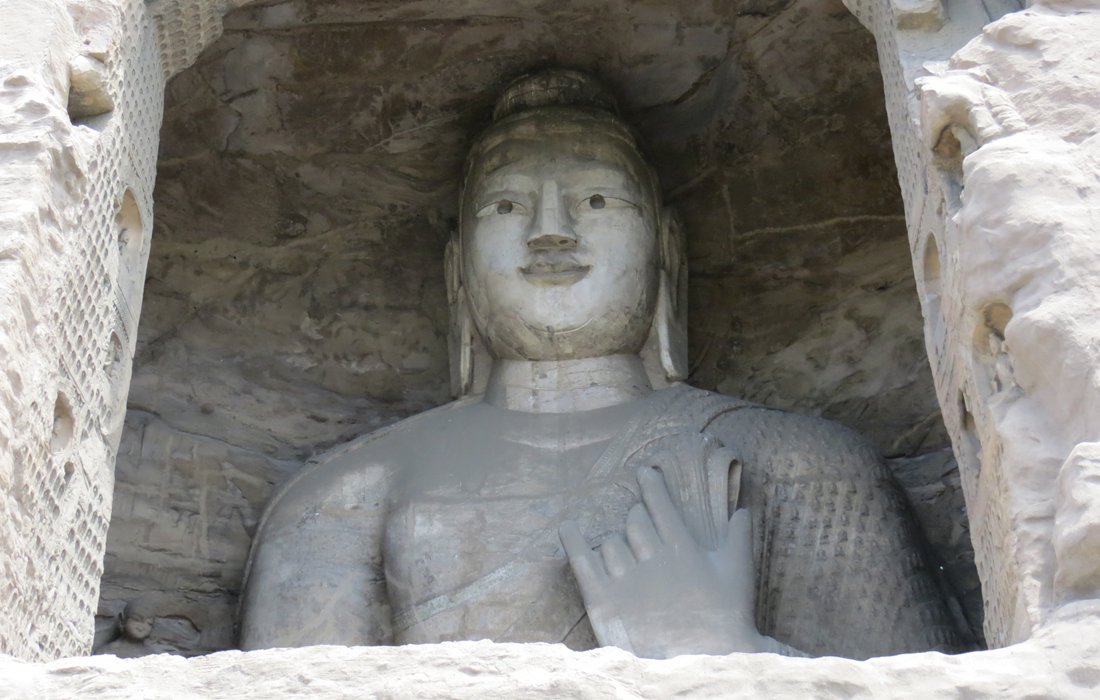
Yungang Grottoes in Datong, North China’s Shanxi Province, represent the splendid Buddhist cave art achievements between the 5th and 6th centuries. It was added to the World Cultural Heritage list in 2001.
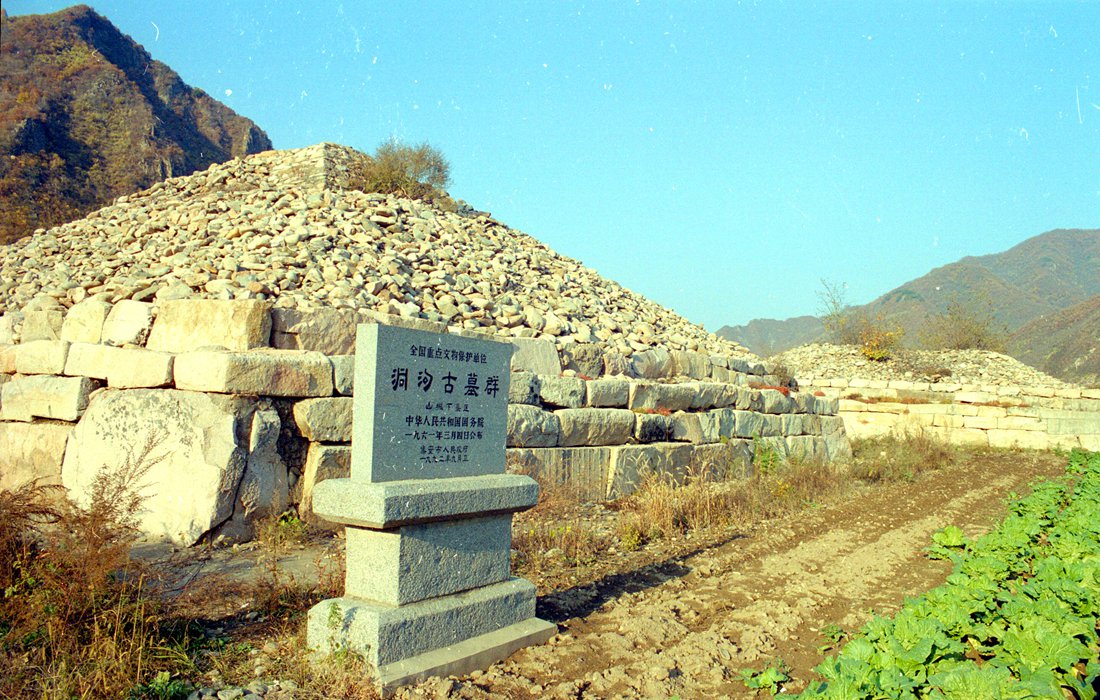
Apart from the historical remains of three cities and 40 tombs, located in Northeast China’s Liaoning Province and Jilin Province, the sites display the civilization of the Koguryo Kingdom, a regional and ethnic power from 277 BC to AD 668. It was added to the World Cultural Heritage list in 2004.
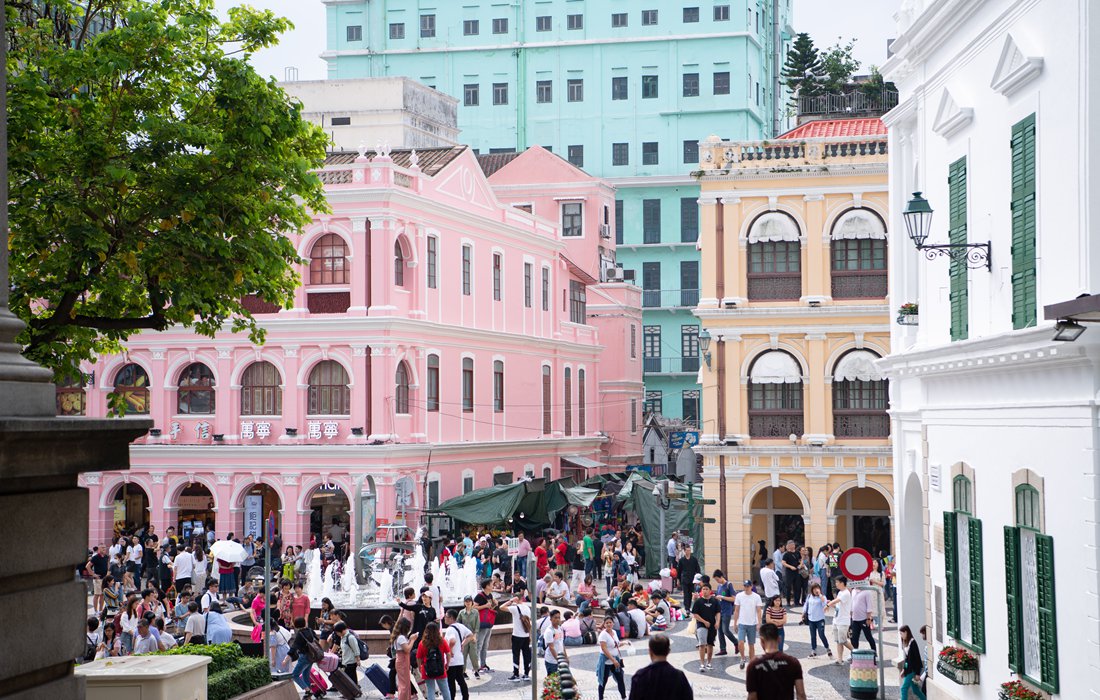
Under the influence of Portuguese culture for centuries, the Historic Center of Macao is an outstanding example of the East meeting the West in terms of its aesthetics, culture, architecture and technological influences. It was added to the World Cultural Heritage list in 2005.
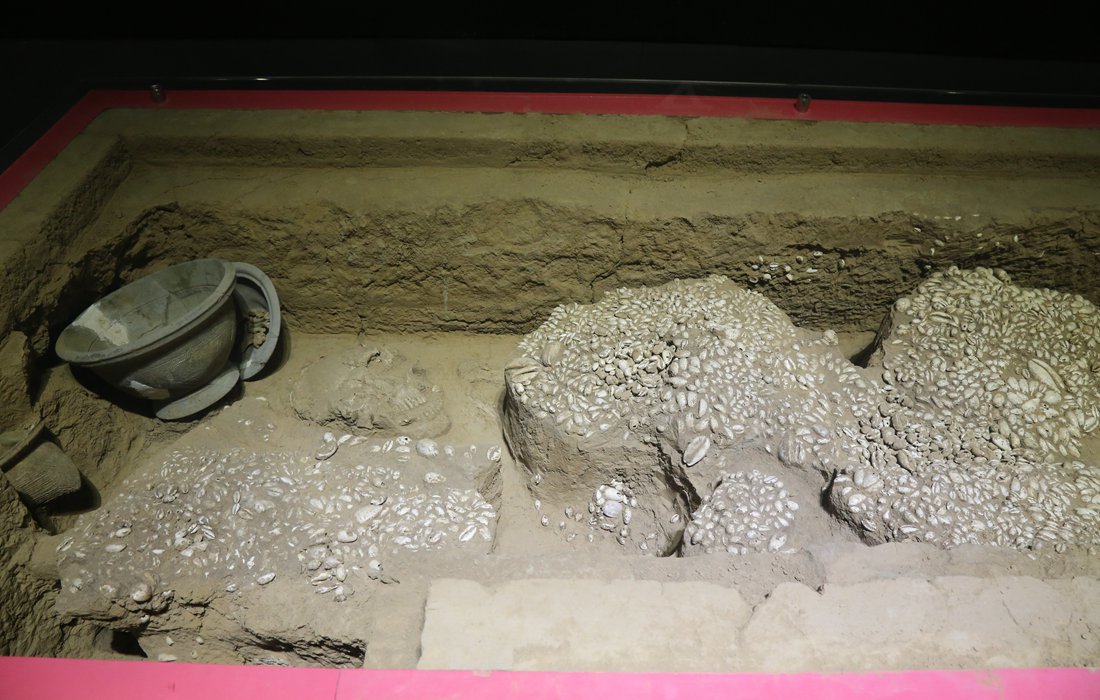
Located in Anyang, Central China’s Henan Province, Yin Xu was the capital city of the late Shang Dynasty (1300BC-1046BC). It stands as a testimony of ancient Chinese culture, crafts, and sciences, besides exhibiting the Chinese Bronze Age. It was added to the World Cultural Heritage list in 2006.
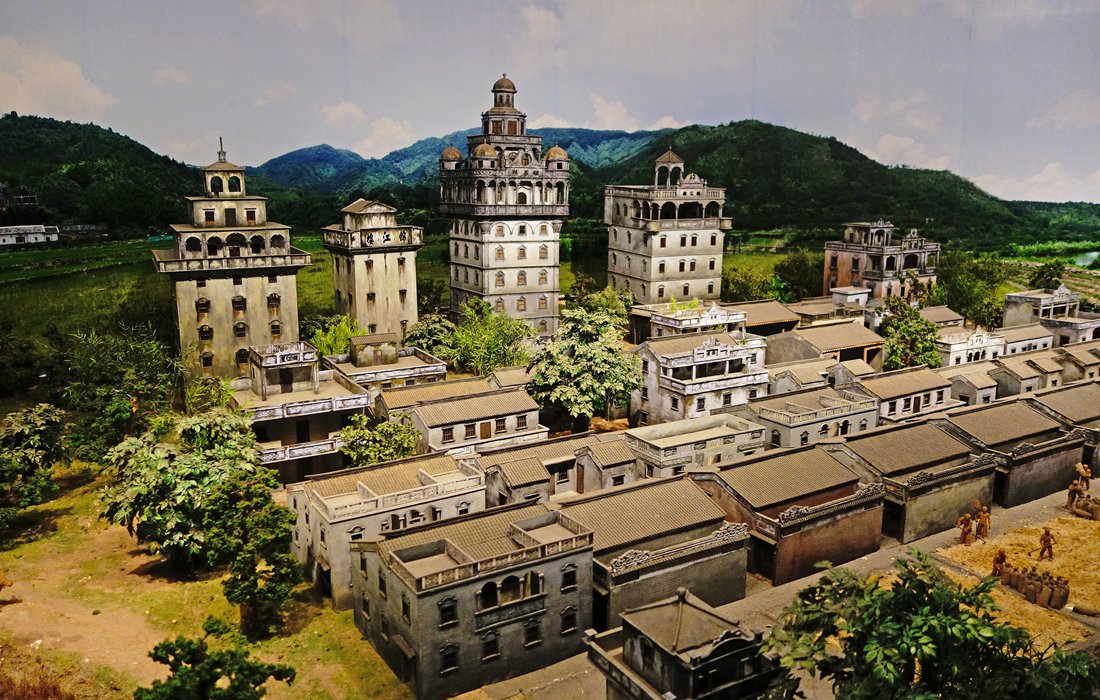
Kaiping, a county-level city in South China’s Guangdong Province, is where groups of village houses can be seen. It was built to serve a mix function of defense and residence, and the architecture and decoration portray a blend of Chinese and Western styles. Representing the highest achievements in building Diaolou, or defense village houses, 20 of the most representative ones were inscribed on the World Cultural Heritage list in 2007.
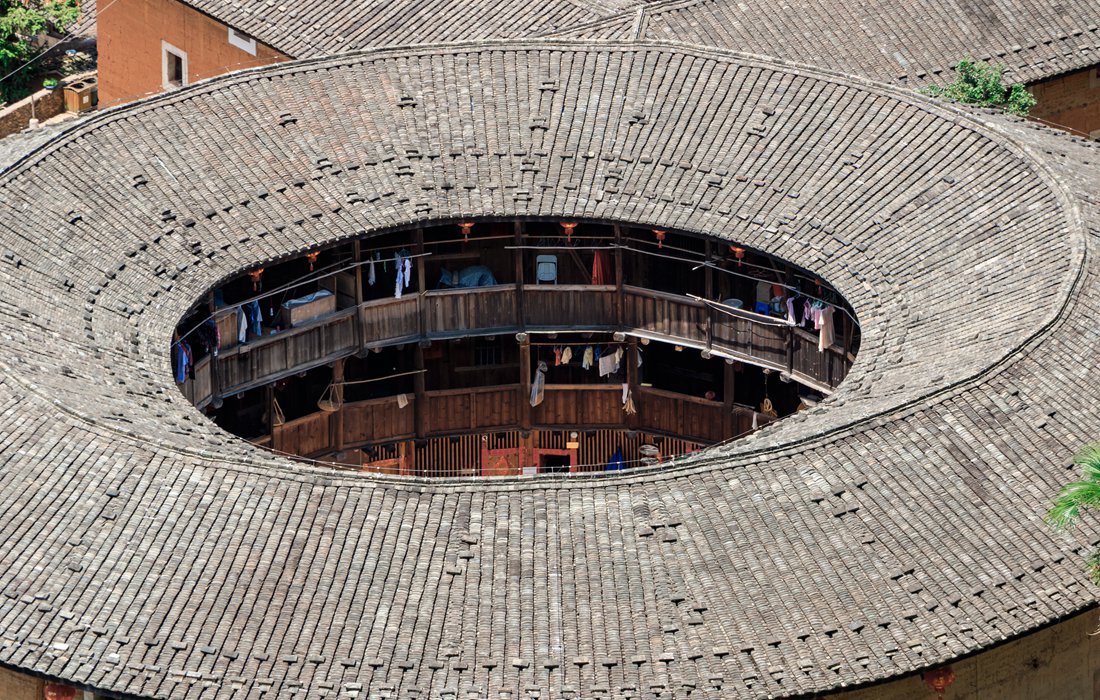
Consisting of 46 buildings, constructed between the 15th and 20th centuries, Fujian Tulou is an exceptional example of dwelling in a large community within one building. The structure of these buildings is circular with hollow centers or square-shaped. Located in the mountainous area of East China’s Fujian Province, the multi-storeyed structure testifies the defensive way of communal living and also fits in the landscape aesthetically. It was added to the World Cultural Heritage list in 2008.
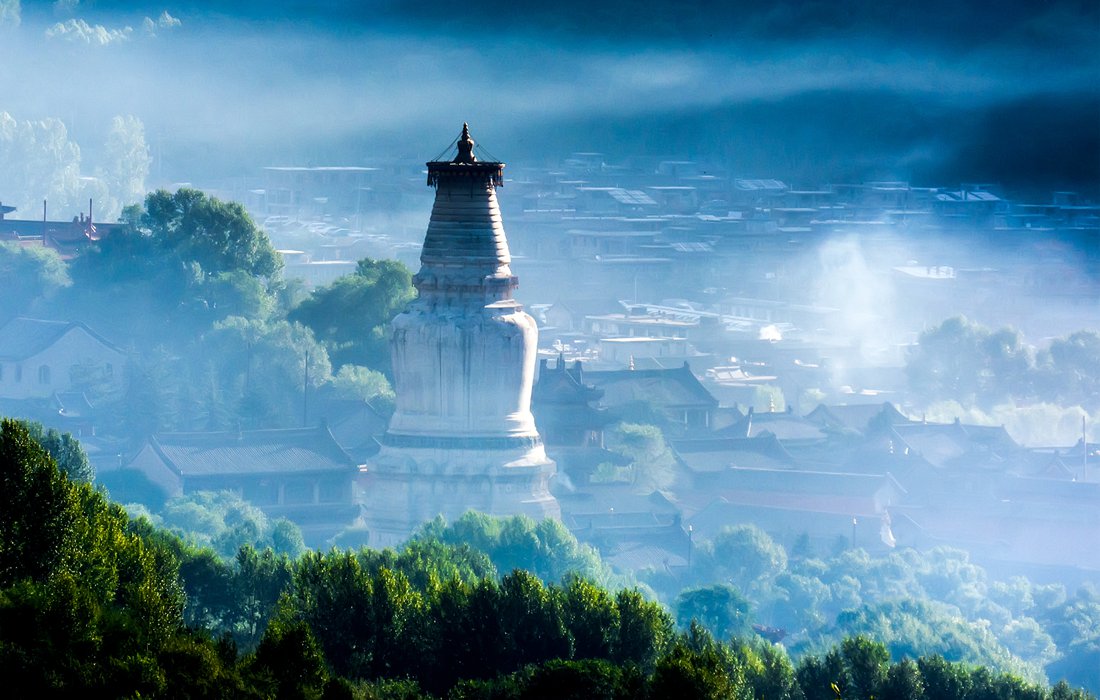
A sacred Buddhist mountain in Xinzhou, North China’s Shanxi Province, Mount Wutai contains 86 monasteries on its five peaks. Most famous among these is the East Main Hall of Foguang Temple with life-size clay sculptures built in Tang Dynasty (618-907) and the Ming Dynasty (1368-1644) and the Shuxiang Temple with a huge complex of 500 suspension statues representing Buddhist stories. It was added to the World Cultural Heritage list in 2009.
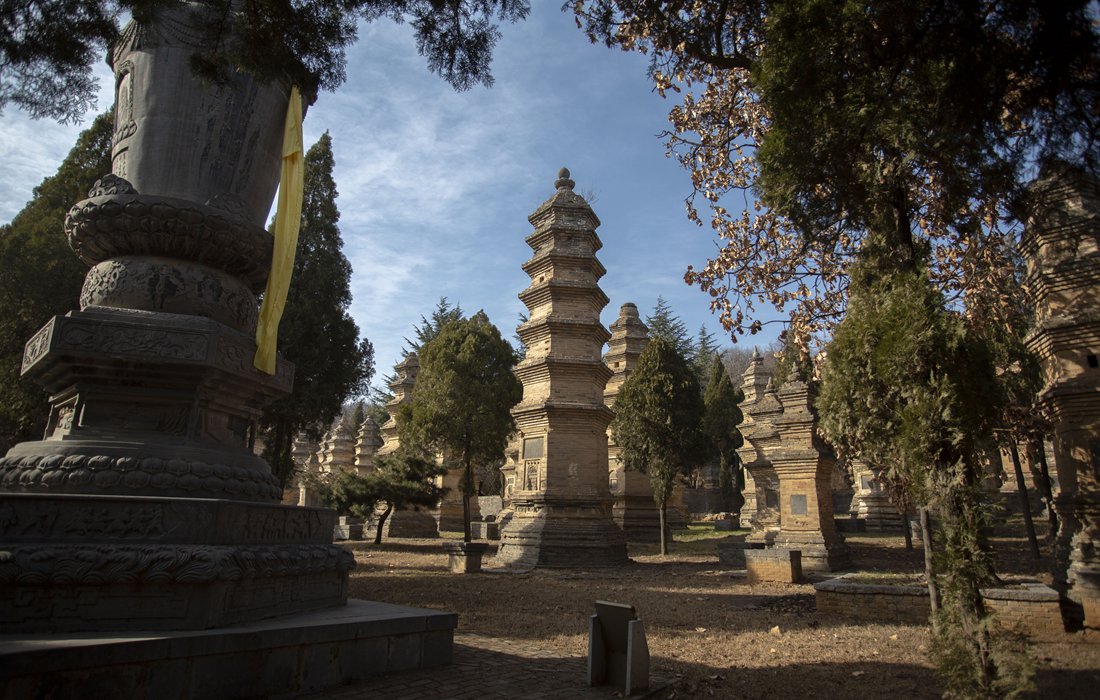
Surrounding “the central sacred mountain” Songshan Mount in Dengfeng, a county-level city in North China’s Henan Province, eight clusters of buildings and sites spread over a 40 square-kilometer circular area. They were constructed throughout nine dynasties in ancient China and set examples for usages of sacrificing, scientific, technological, and educational activities. It was added to the World Cultural Heritage list in 2010.
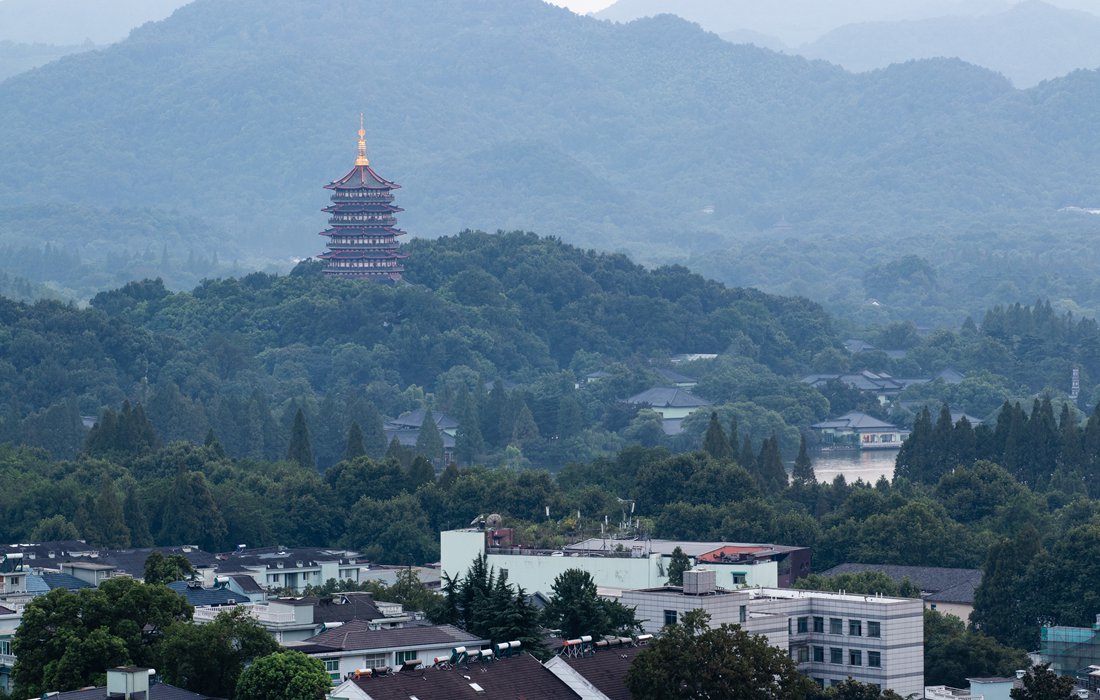
Situated in Hangzhou, East China’s Zhejiang Province, the picturesque sceneries of West Lake and its surrounding hills inspired numerous poets, scholars, and artists since the 9th century and elicited the construction of hundreds of cultural architectures, such as temples, pagodas, pavilions, and gardens. It was added to the World Cultural Heritage list in 2011.
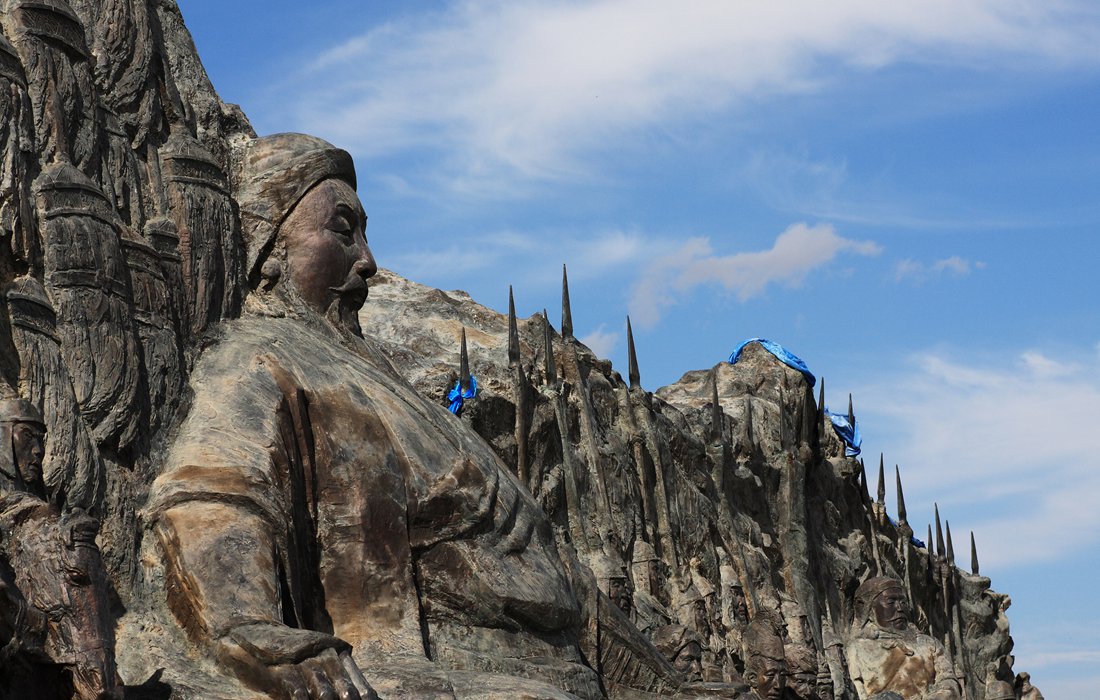
Situated in the Inner Mongolia Autonomous Region, north to the Great Wall, the Site of Xanadu encompasses the remains of Kublai Khan’s legendary capital city, based on the design of the ruler’s advisor Liu Bingzhong in 1256. The site portrays the collision and fusion between nomadic and farming cultures and treasures the remains of temples, palaces, and tombs. It was added to the World Cultural Heritage list in 2012.
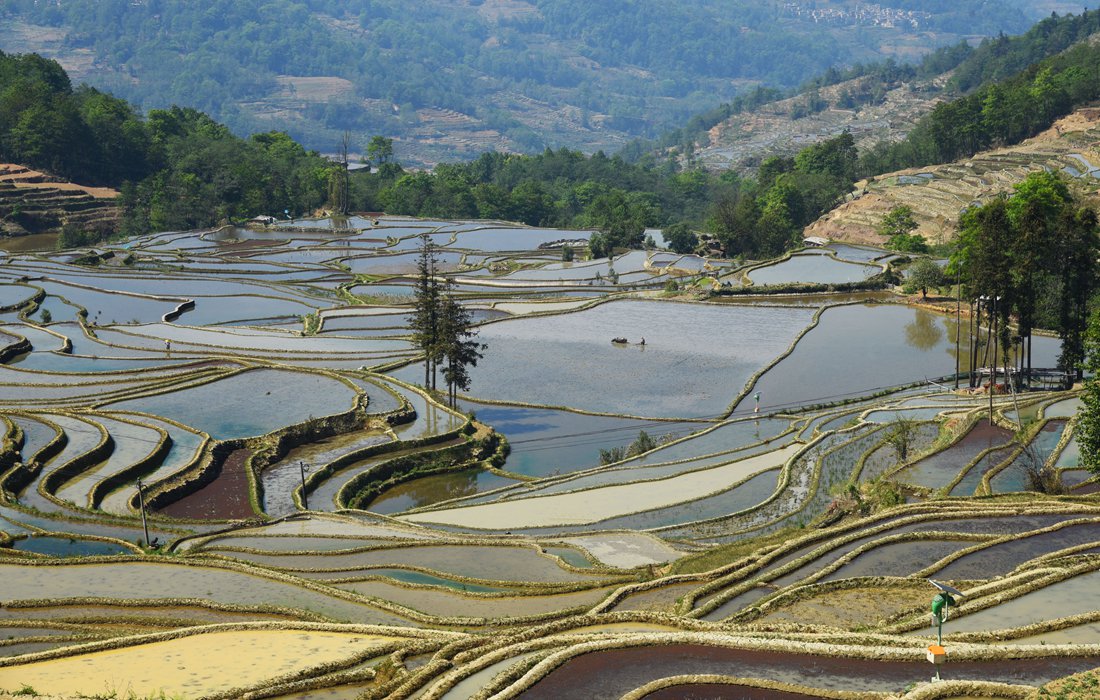
It is located on the south banks of the Honghe River amid the mountainous terrain of Hani-Yi Autonomous Prefecture of Honghe in Southwest China’s Yunnan Province. The dense forest has been carved out and replaced by Hani People with 16,603 hectares of terraces in the last 1,300 years. It was added to the World Cultural Heritage list in 2013.
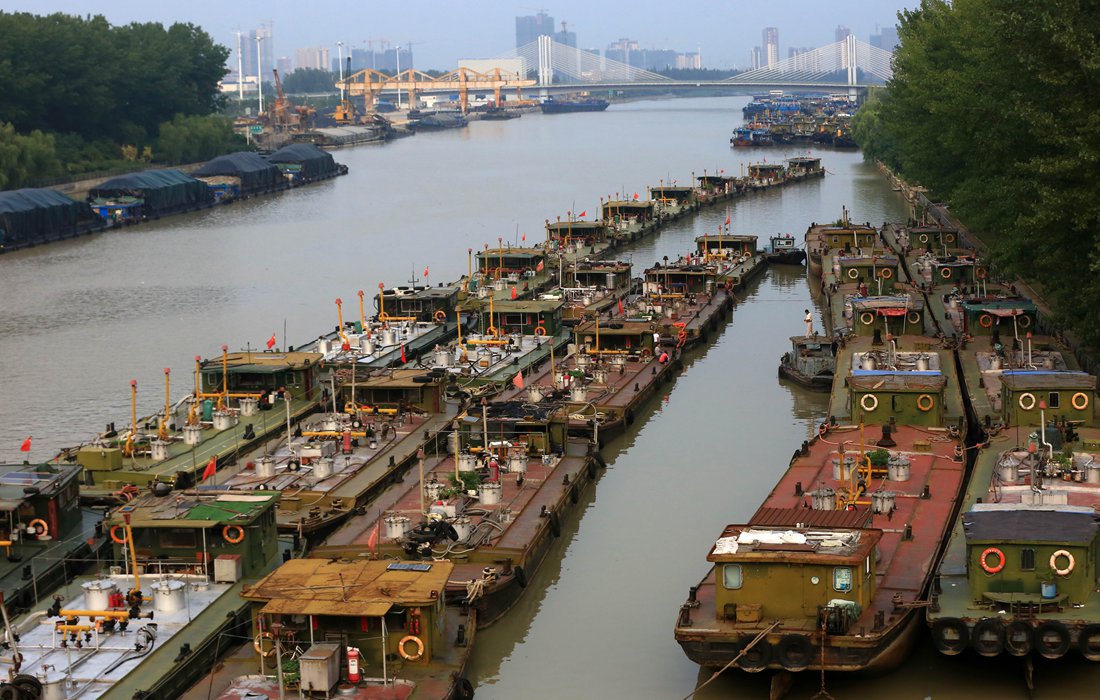
Running from Beijing to East China’s Zhejiang Province and linking five of China’s main river basins, the 2,000 km Great Canal commenced construction in the 5th century BC. It was used as a conduit for communication and transportation in ancient China. It still functions today and was added to the World Cultural Heritage list in 2014.
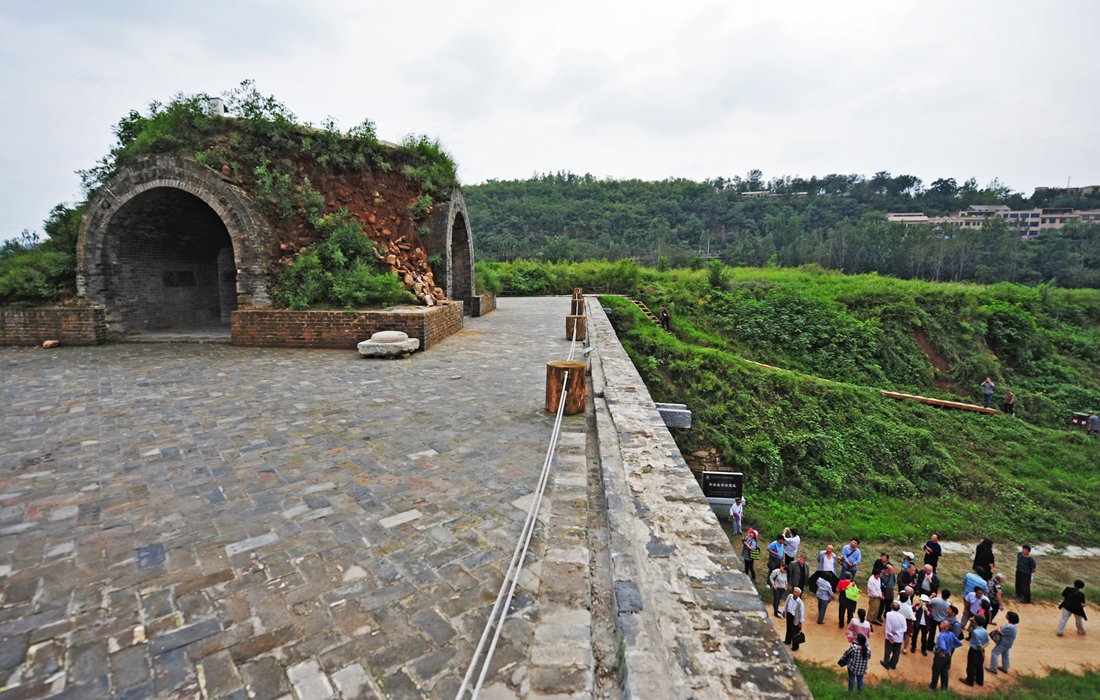
The world’s longest cultural heritage route, stretching from the capital city of Han and Tang dynasties, Chang’an, known today as Xi’an, in Northwest China’s Shaanxi Province, to the Semirechye region of Central Asia, the network of Chang’an-Tianshan Corridor features 33 components, such as the palace complexes of various empires and Buddhist cave temples. It was constructed between the 2nd century BC and the 1st century AD and used until the 16th century for civilization communication of trade, religious beliefs, and technological advancement. It was added to the World Cultural Heritage list in 2014.
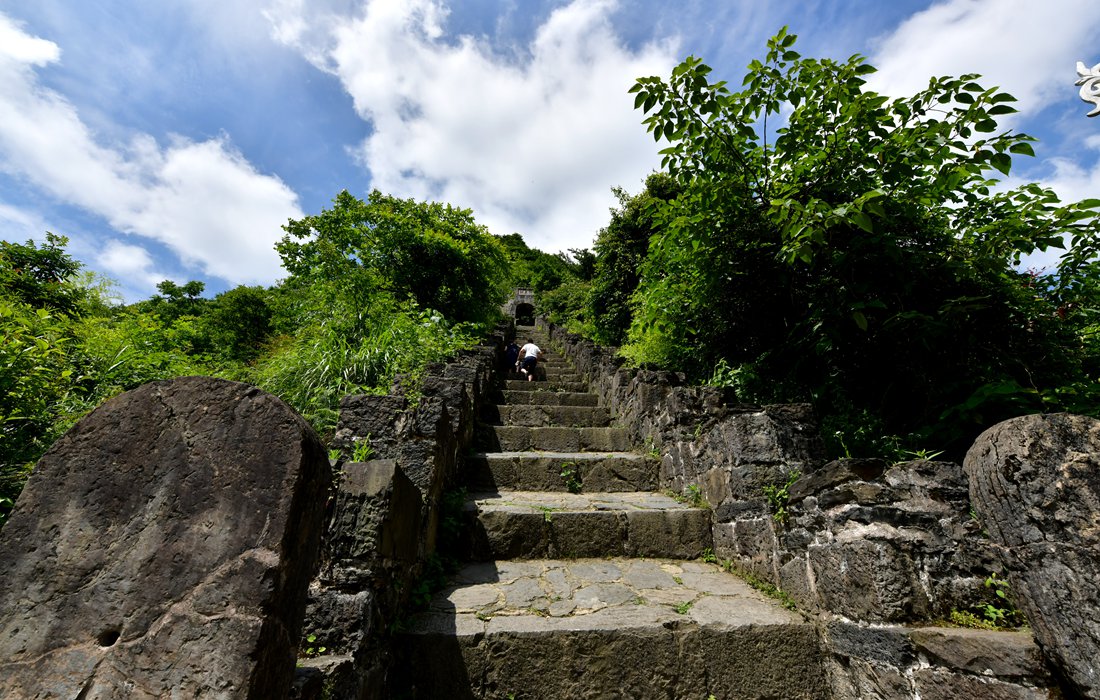
Amid the mountainous areas of Southwest China, the Tusi Site stands as a testimony of the hereditary ruling system of appointing Tusi as the administrative leader in multi-ethnic dwelling areas by the central government. This governance system derived from Yuan and Ming periods aimed to avoid disturbing the ethic minorities’ lifestyles and to ensure the unification of the country. The Tusi Site was inscribed on the World Cultural Heritage list in 2015.
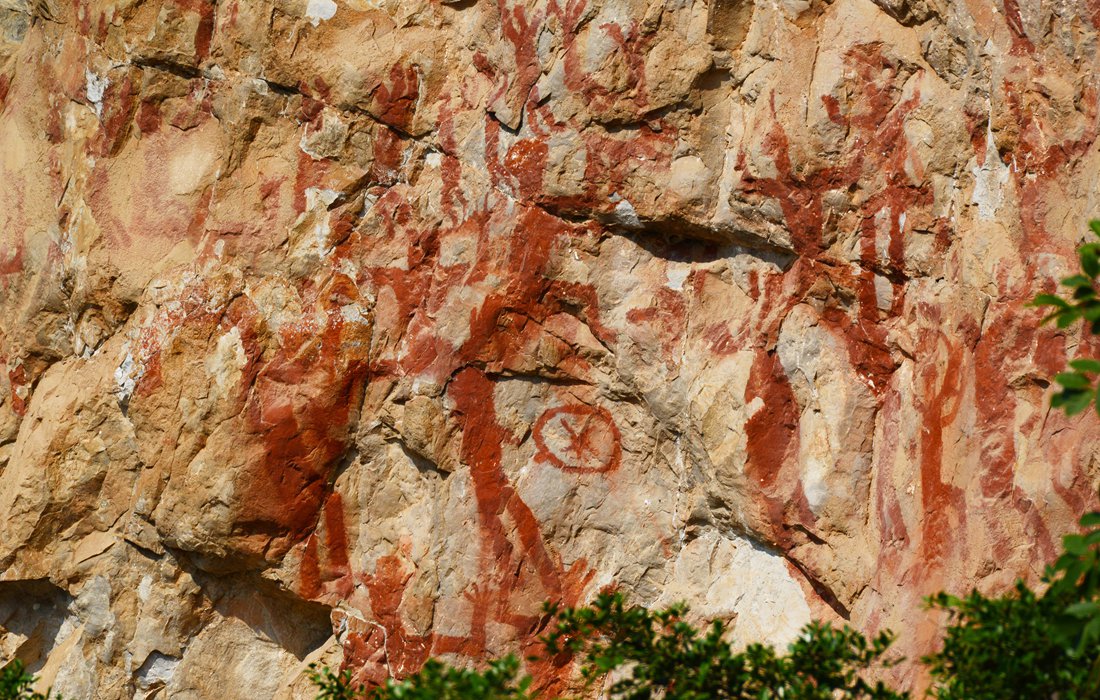
Zuojiang Huashan Rock Art Cultural Landscape was enlisted in the World Cultural Heritage list in 2016. It is the only remains of the bronze drum culture that was once popular in southern China. The rock art was created between the 5th century BC and 2nd century AD and is located in South China’s Guangxi Zhuang Autonomous Region.
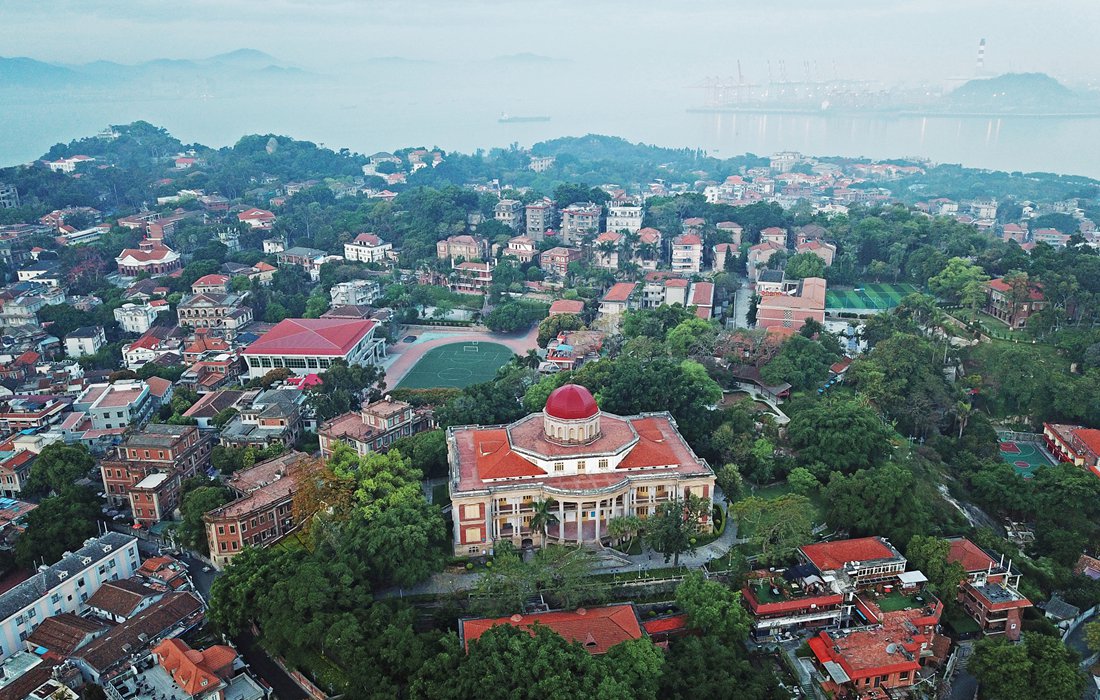
A tiny island located on the estuary of the Chiu-lung River facing Xiamen, East China’s Fujian Province, Kulangsu is an outstanding example of cultural fusion with its 931 historical buildings and the network of roads and historic gardens. Kulangsu started being an international residence since 1903 following Xiamen’s conversion into a commercial port by force in 1843. The site was added to the World Cultural Heritage list in 2017.
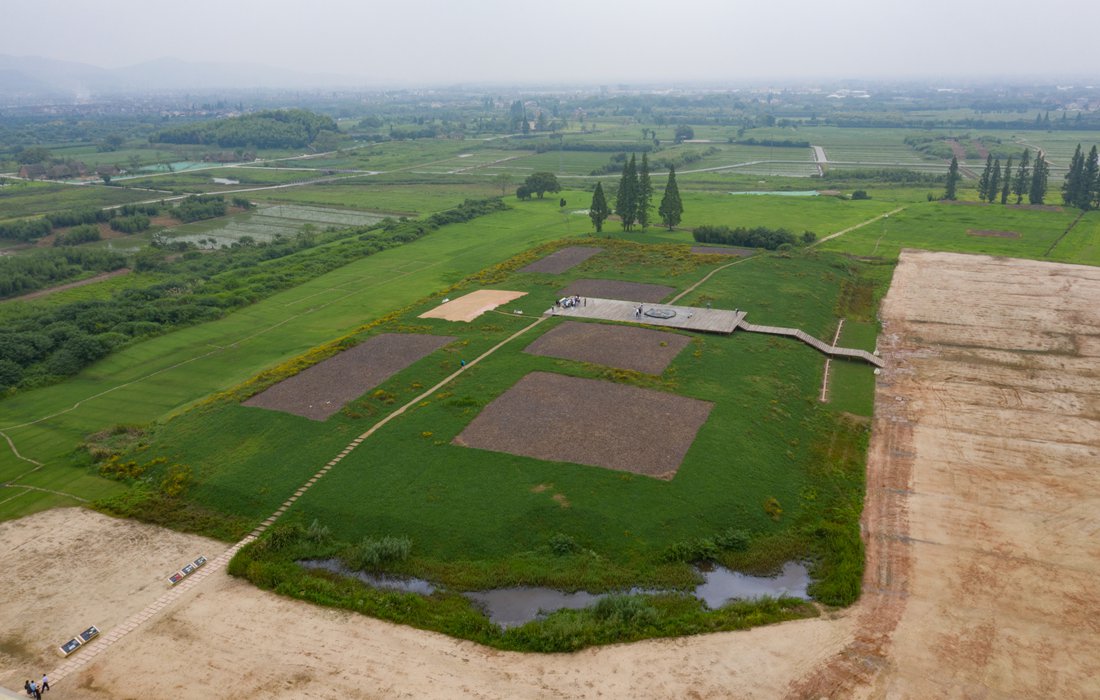
Archaeological Ruins of Liangzhu City testify the existence of a rice civilization in Late Neolithic China dating back to 3300 BC-2300 BC in the Yangtze River Basin in Hangzhou, East China’s Zhejiang Province. It is an exceptional example of early urbanization and was inscribed on the World Cultural Heritage list in 2019.
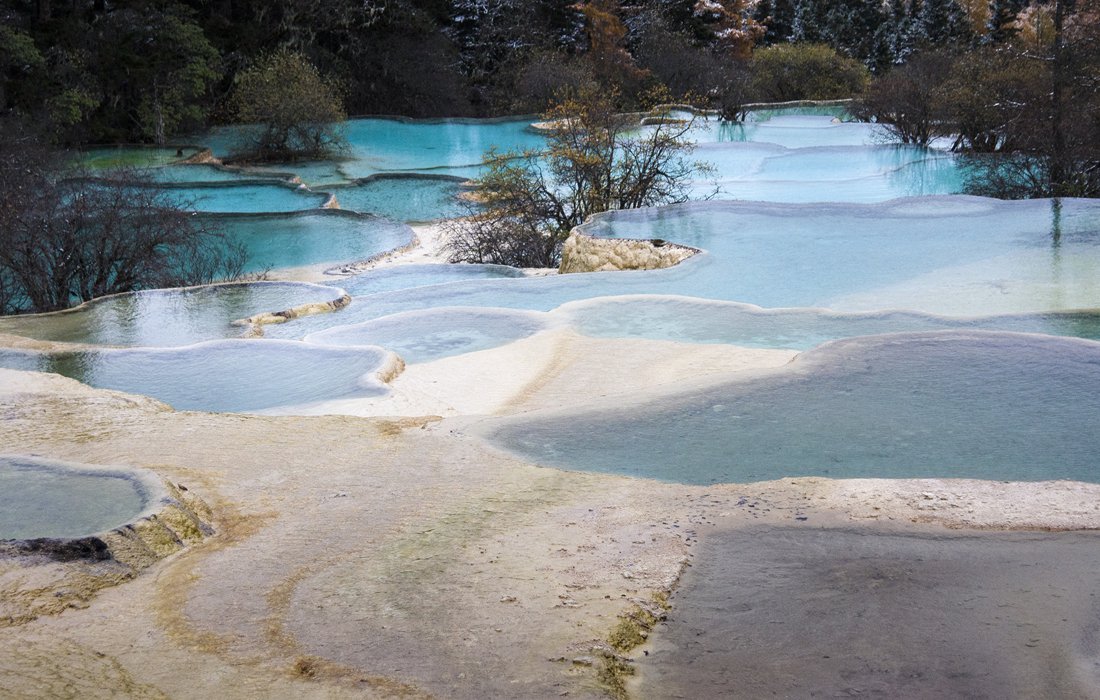
Located in Aba Tibetan and Qiang Autonomous Prefecture in Southwest China’s Sichuan Province, the Huanglong Scenic and Historic Interest Area is famous for its diverse landscapes, including snow-capped peaks, colorful forest ecosystems, limestone formations, waterfalls, and hot springs. Endangered animals like the giant panda and the Sichuan golden snub-nosed monkey can also be spotted in this region. It made to the World Natural Heritage Site list in 1992.
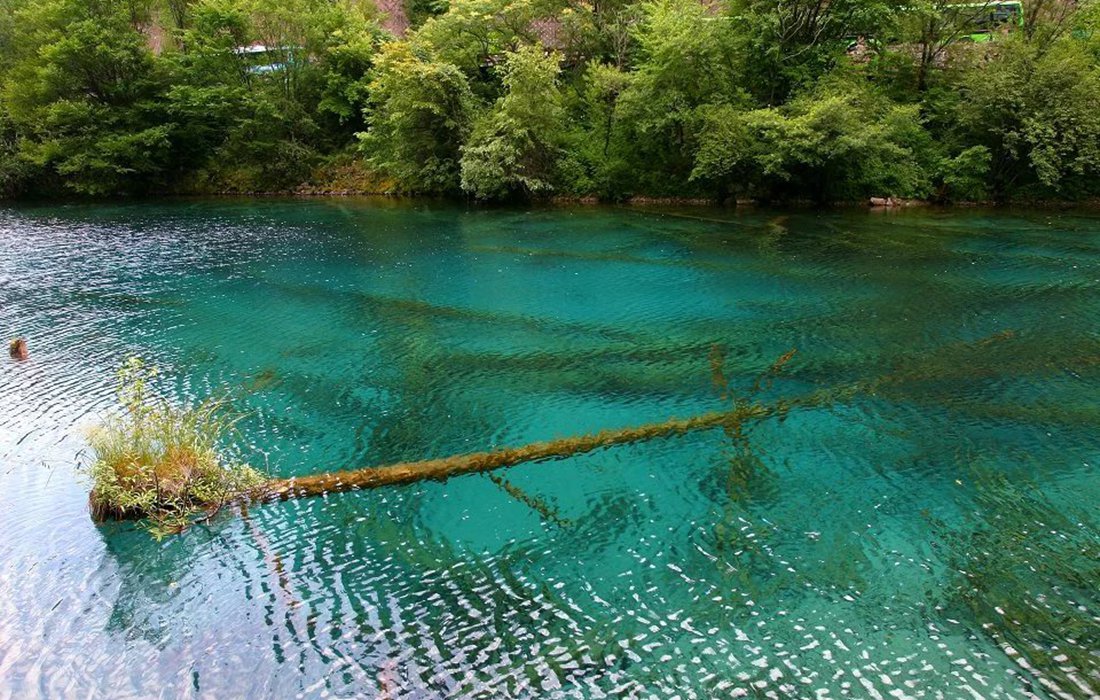
Located in the northern part of Southwest China’s Sichuan Province, Jiuzhaigou Valley Scenic and the Historic Interest Area contains diverse forest ecosystems and houses around 140 bird species as well as endangered flora and fauna species for the altitude variance of over 4,800 meters. Its narrow conic Karst landforms and breathtaking waterfalls are particularly gorgeous. It was declared a World Natural Heritage Site in 1992.
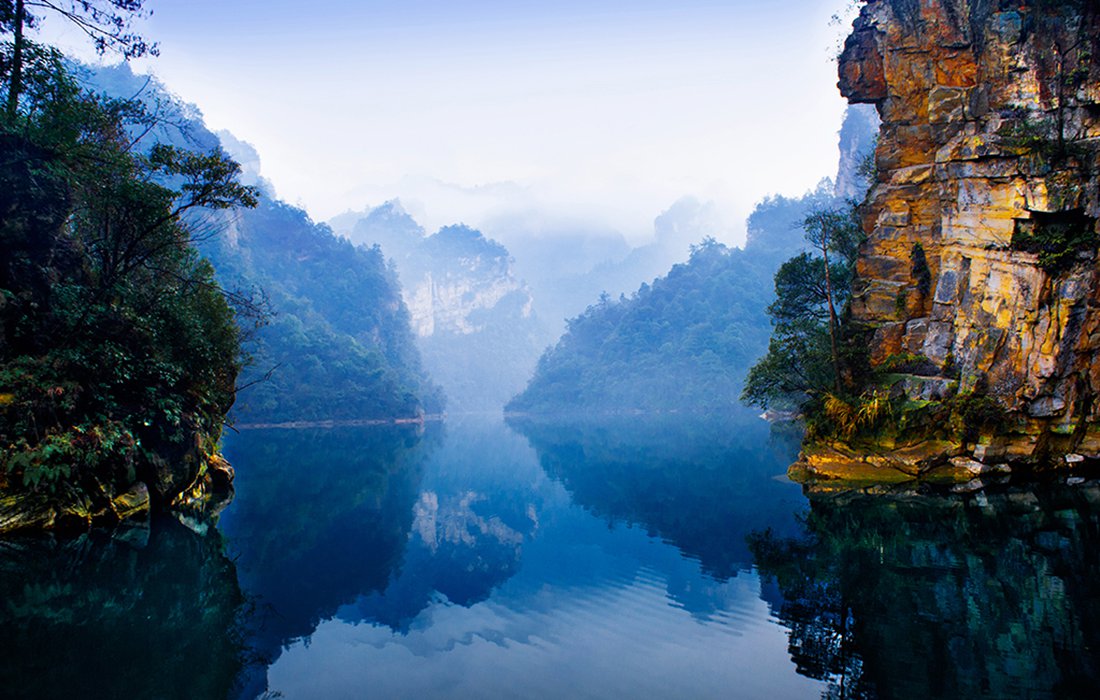
Wulingyuan Scenic and Historic Interest Area is a spectacular spot and possesses over 3,000 sandstone pillars and peaks with ravines and gorges stretching in between, besides streams, pools, and waterfalls adding beauty to its landscape. It is located in Central China’s Hunan Province and was declared a World Natural Heritage Site in 1992.
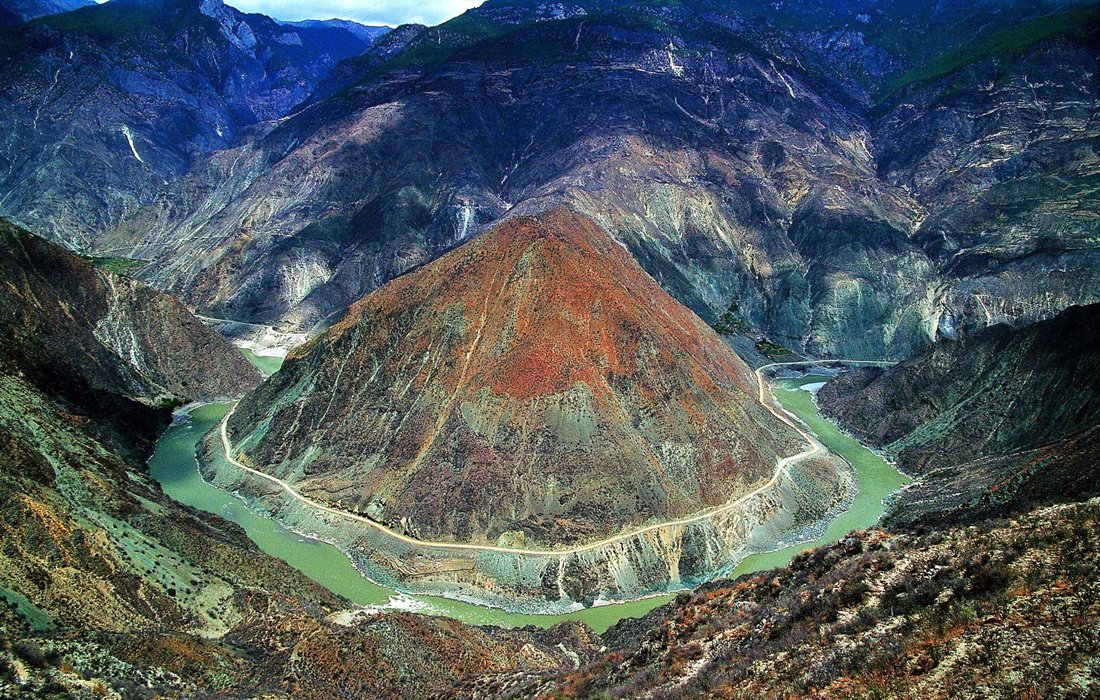
Located in the mountainous area of Southwest China’s Yunnan Province, the upper reaches of three rivers, the Yangtze (Jinsha), Mekong (known as Lancang in China) and Salween (known as Nujiang River in China), run roughly parallel from north to south through steep gorges in the Three Parallel Rivers National Park. It was added to the World Natural Heritage Site list in 2003.

Sichuan Giant Panda Sanctuaries in Southwest China’s Sichuan Province are homes to over 30 percent of pandas in the world. The sanctuaries are also one of the botanically richest sites with 5,000 to 6,000 flora species in over 1,000 genera. It was added to the World Natural Heritage Site list in 2006.
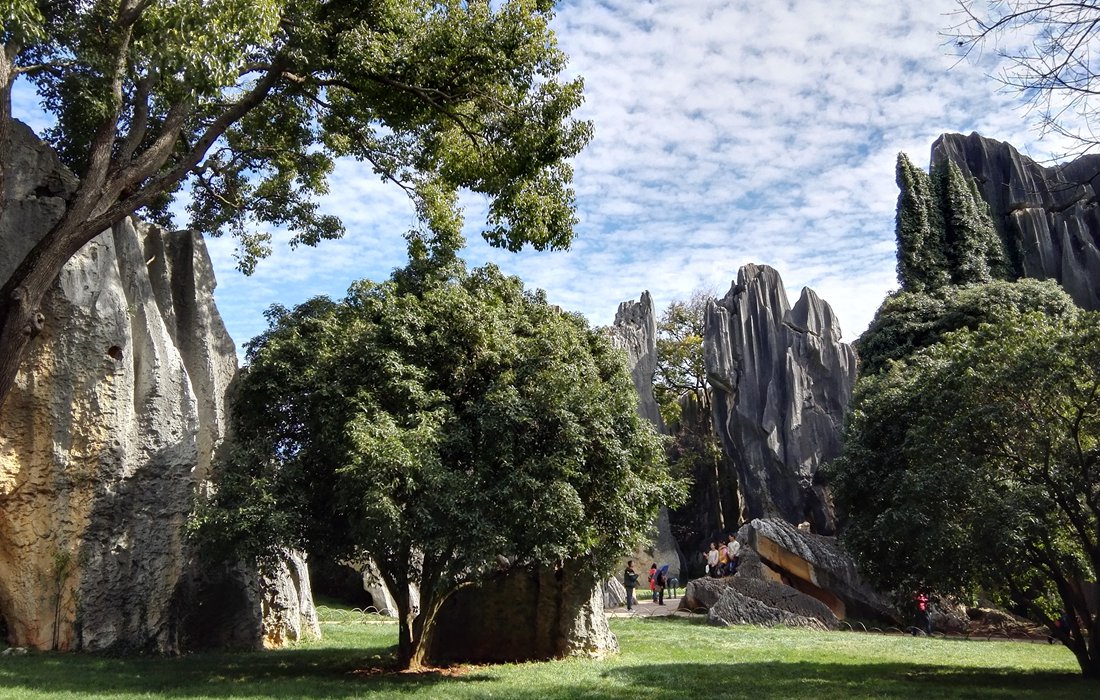
Exhibiting splendidly the landform of karst in humid tropical and subtropical areas, the South China Karst contains varied karst landforms, such as tower karst, pinnacle karst, and cone karst. Three clusters and four clusters were inscribed on the World Natural Heritage Site in 2007 and 2014 respectively.
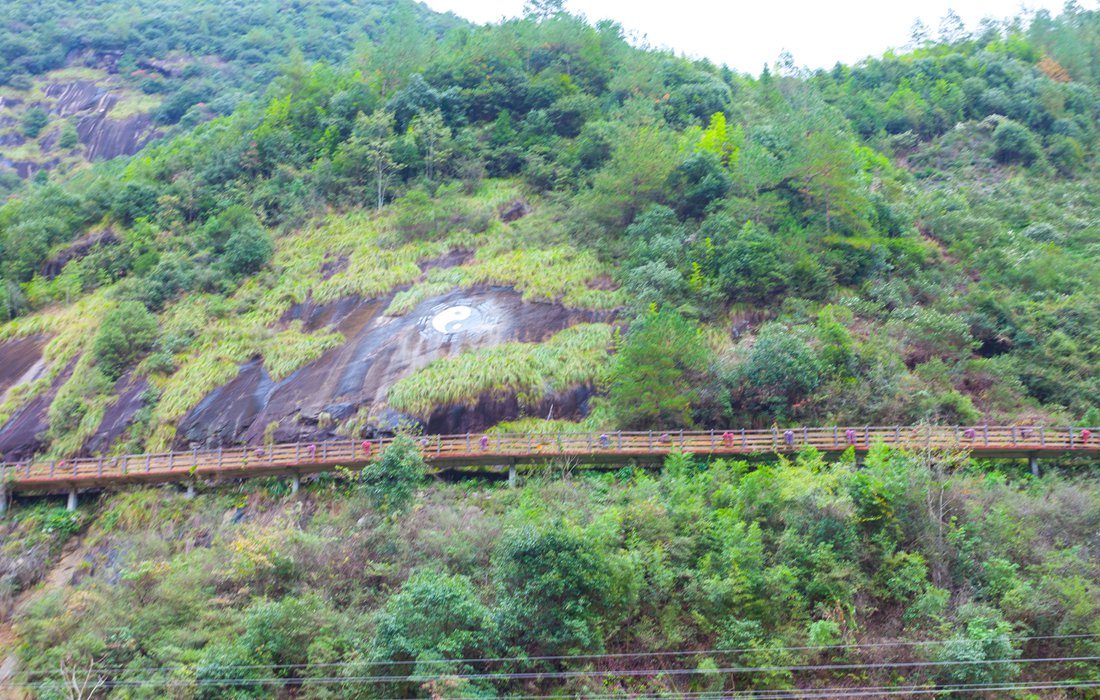
Situated in Jiangxi Province, Mount Sanqingshan National Park is renowned for its granite peaks and pillars that resemble human and animal silhouettes and features temperate forest and numerous waterfalls. It was inscribed on the World Natural Heritage Site list in 2008.
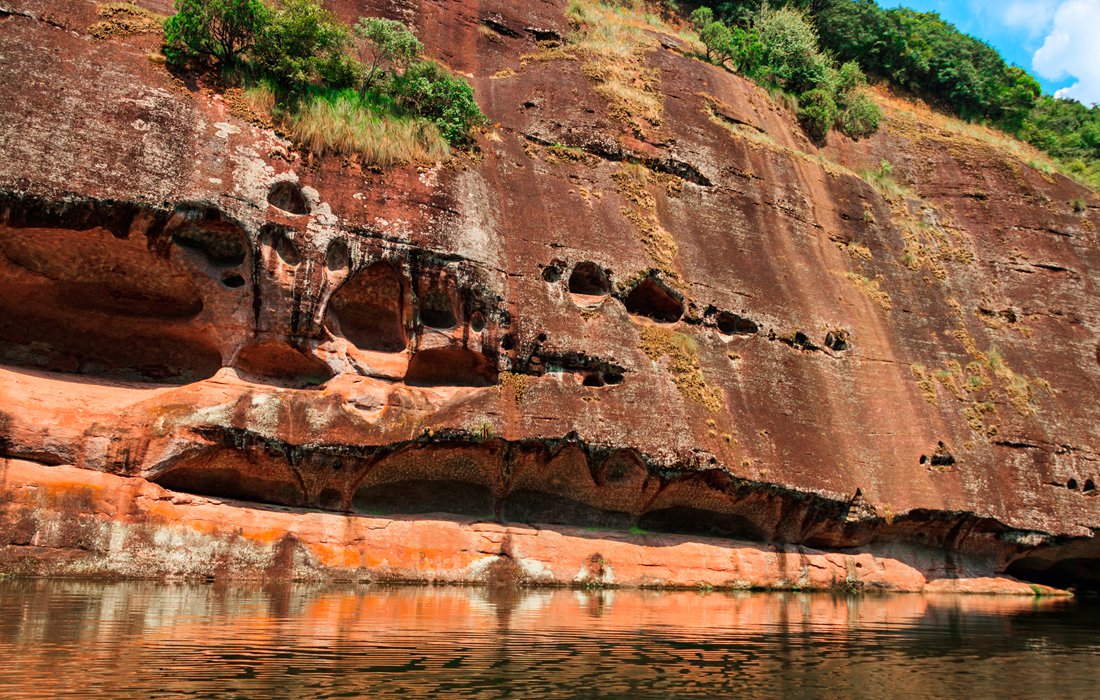
Stretching from Southwest China’s Guizhou Province to East China’s Zhejiang Province, Danxia is the kind of landscape developed on continental red terrigenous sedimentary beds under the influence of endogenous forces (including uplifting) and exogenous forces (including weathering and erosion), featured by red cliffs and eroding landforms. It hosts subtropical broad-leaved evergreen forests and many rare or endangered species of flora and fauna. It was listed on the World Natural Heritage Site in 2010.
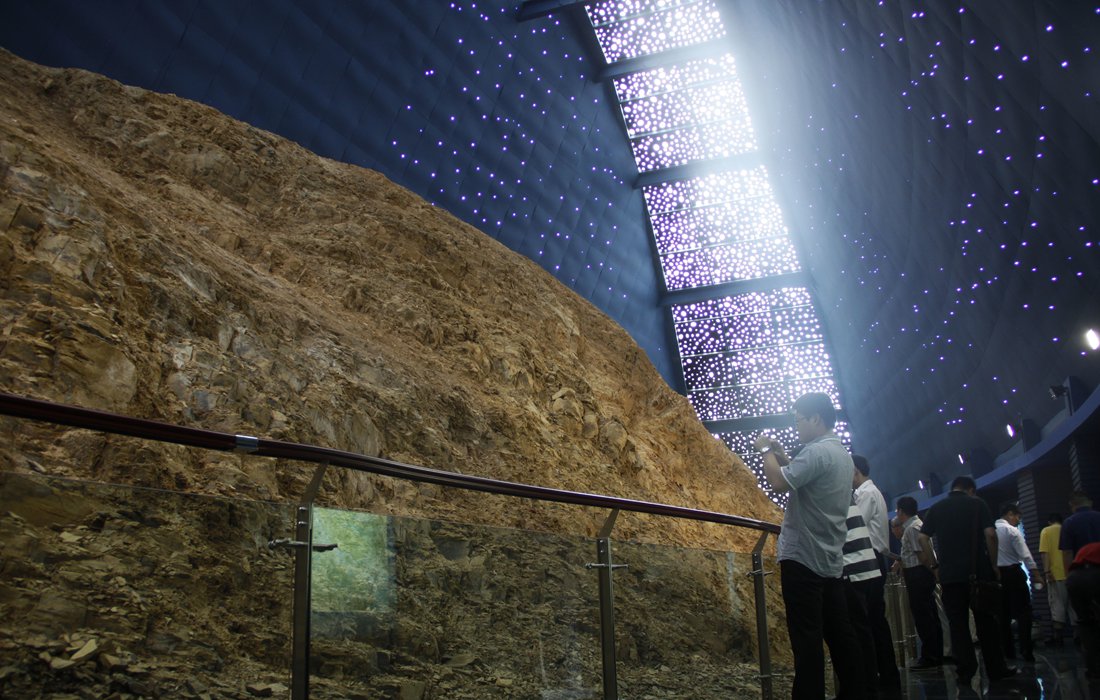
Located in the hilly area of Southwest China’s Yunnan Province, the Chengjiang Fossil Site opens a precious palaeobiological window for scholarly researches. The fossils display the anatomy of hard and soft tissues in a variety of organisms, invertebrate, and vertebrate and testify the rapid diversification of life on Earth, 530 million years ago. It was inscribed on the World Natural Heritage Site list in 2012.
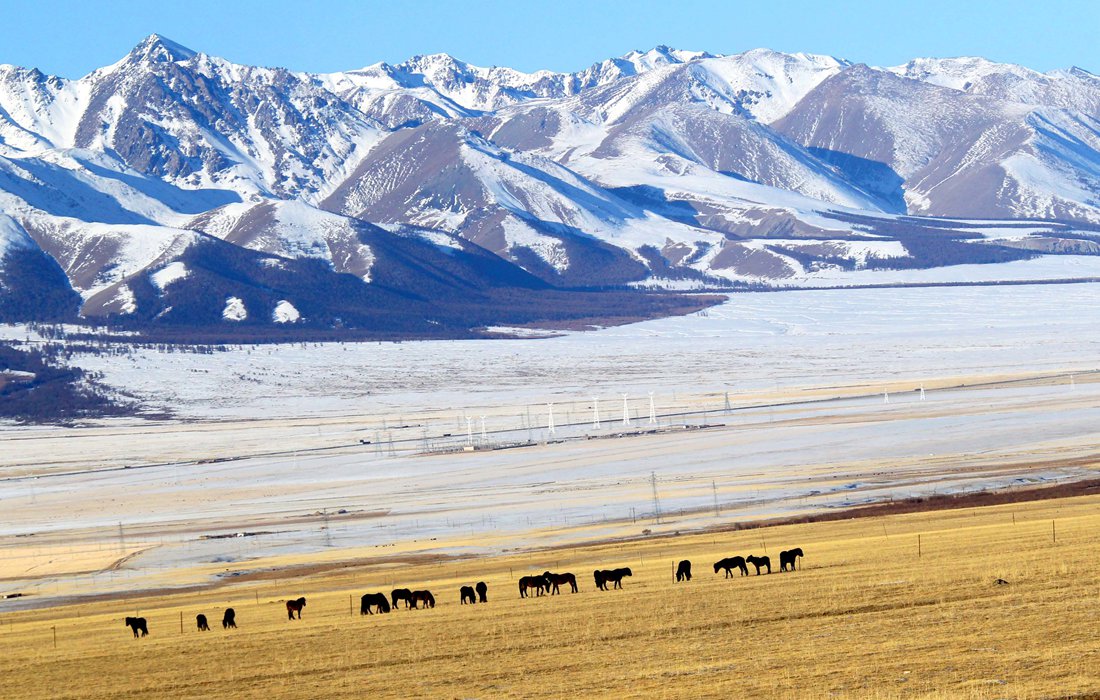
Located in Northwest China’s Xinjiang Uyghur Autonomous Region, the Xinjiang Tianshan comprises four vital components – Tomur, Kalajun-Kuerdening, Bayinbukuke, and Bogda, which are parts of the Tianshan Mountain that stretches all the way to Central Asia, one of the largest mountain ranges in the world. The diverse landscapes include snowy mountains, glacier-capped peaks, and undisturbed forests and vast deserts. It inhibits rare flora species and was inscribed on the World Natural Heritage Site list in 2013.
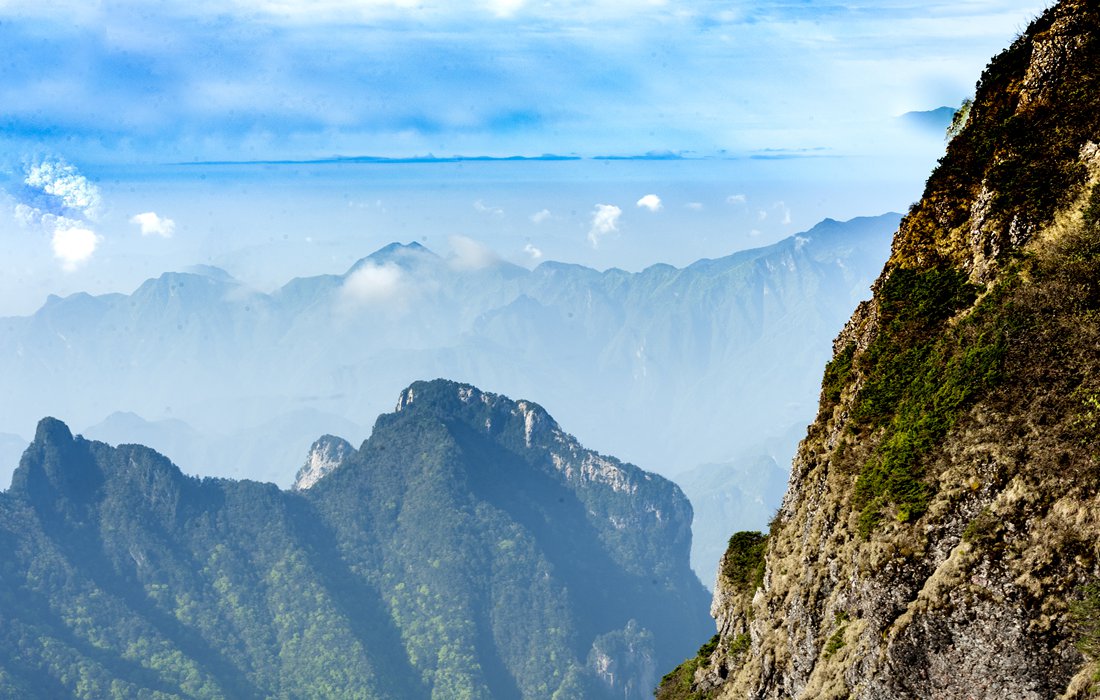
Located in Central China’s Hubei Province, the site maintains the largest primary forests in Central China and rich biodiversity of many rare animal species, like the Golden or Sichuan Snub-nosed Monkey, the Chinese Giant Salamander, and the Clouded Leopard. It was enlisted in the World Natural Heritage Site list in 2016.
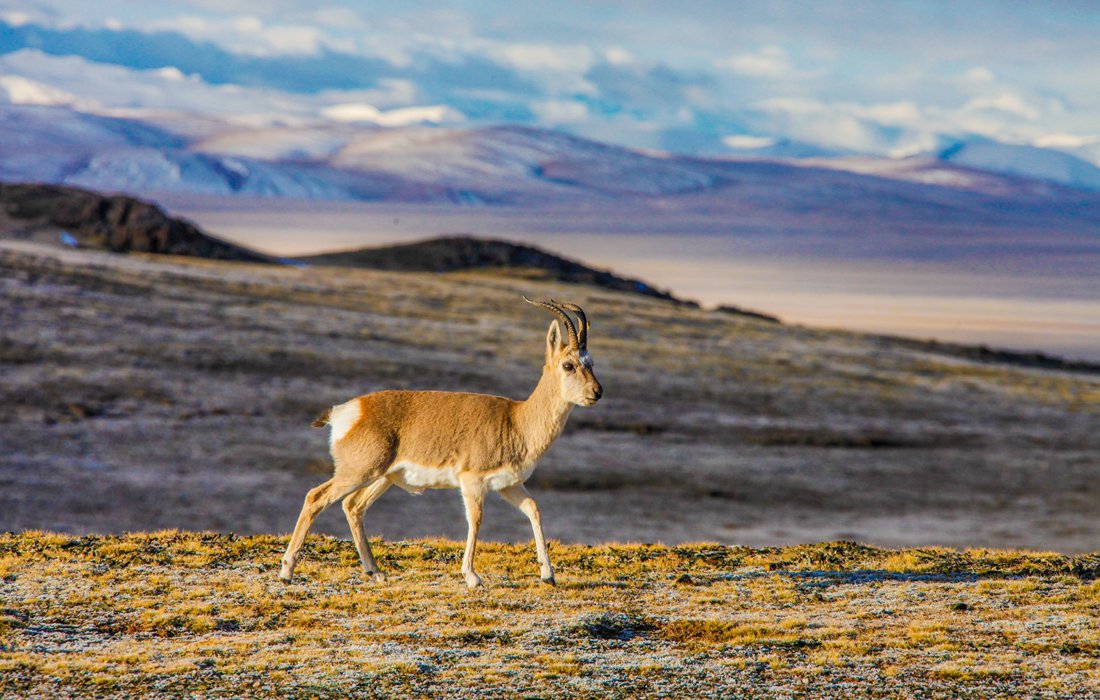
Located in north-eastern extremity of the Qinghai-Tibetan Plateau, in the Northwest China’s Qinghai Province, Qinghai Hoh Xil is the largest and highest plateau in the world with an altitude of over 4,500 meters above the sea level and subzero average temperature throughout the year. The site features incredible biodiversity of both plant and animal species. It was inscribed on the World Natural Heritage Site list in 2017.
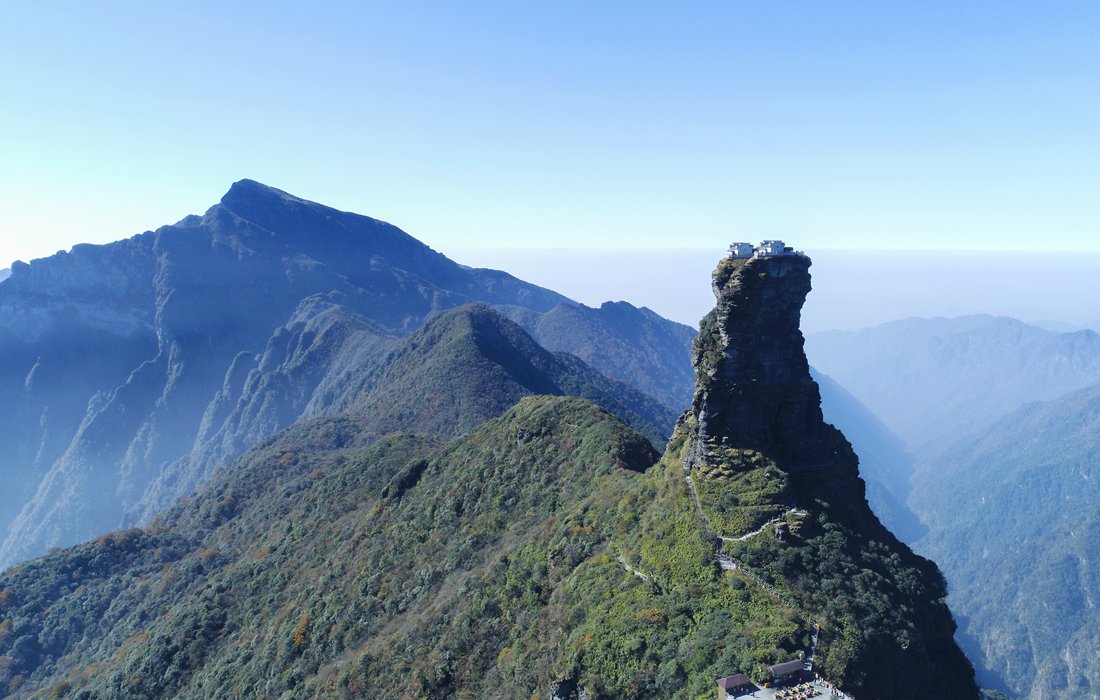
Situated within the Wuling mountain range in Southwest China’s Guizhou Province, Fanjingshan is the representative area of temperate forest and possesses incredible biodiversity with 4,395 and 2,767 species of plant and animal respectively. It was inscribed on the World Natural Heritage Site list in 2018.
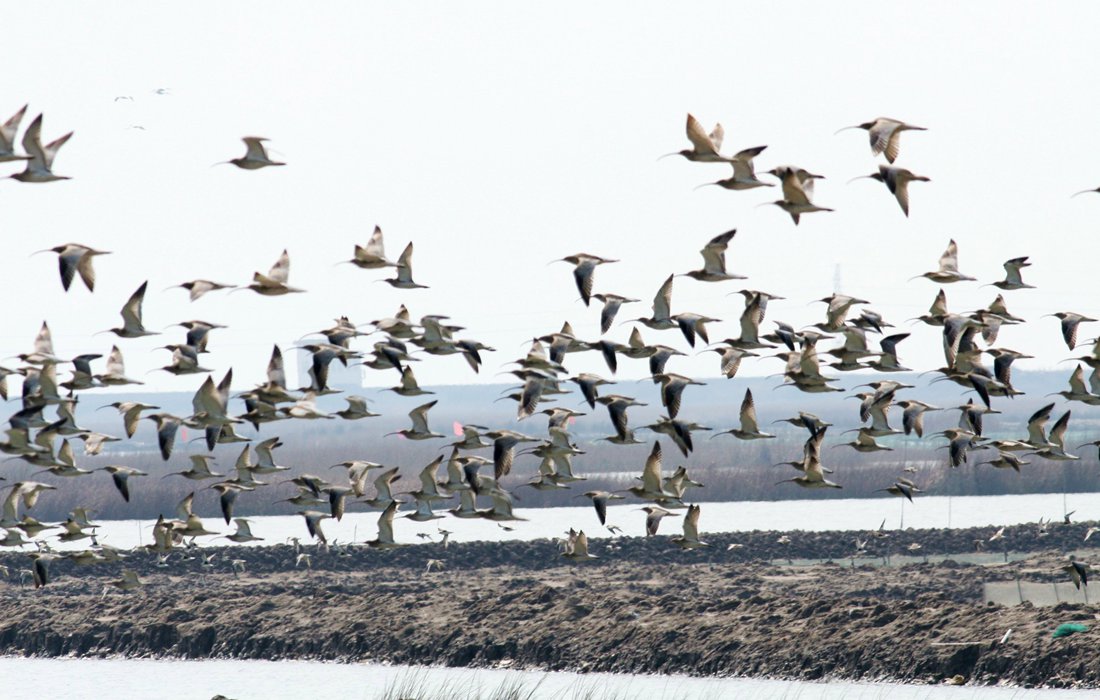
Featuring an intertidal mudflat system, the Migratory Bird Sanctuaries along the Coast of Yellow Sea-Bohai Gulf of China provide habitat to 23 internationally recognized precious bird species. The mudflats, marshes, and shoals are spots for millions of migratory birds to rest, molt, winter or nest. It made the World Natural Heritage Site list in 2019.

Located in Taian, East China’s Shandong Province, Taishan Mountain is the most famous sacred mountain in China, which was the object of an imperial cult for nearly 2000 years that inspired Chinese poets, artists, and scholars in creating classics. It was inscribed on the World Cultural and Natural Heritage Site list in 1987.
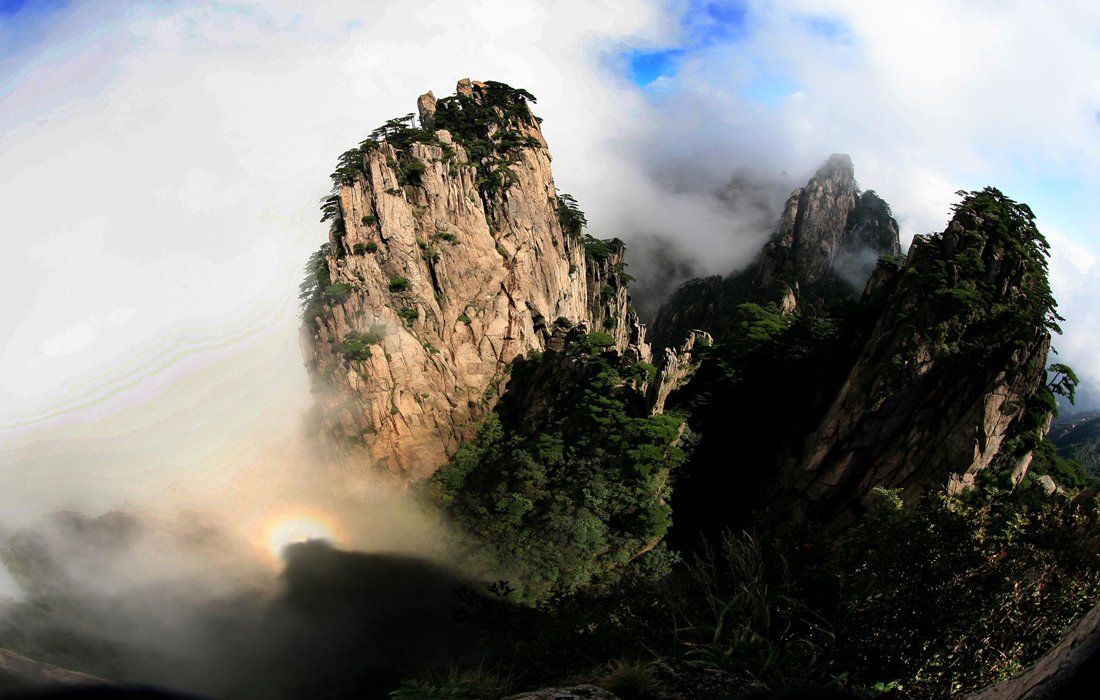
Situated in Huangshan, East China’s Anhui Province, Mount Huangshan is famous for its grotesquely shaped rocks and ancient trees, which has inspired poets, artists, and scholars to create theming on it. It became a part of the World Cultural and Natural Heritage Site list in 1990.
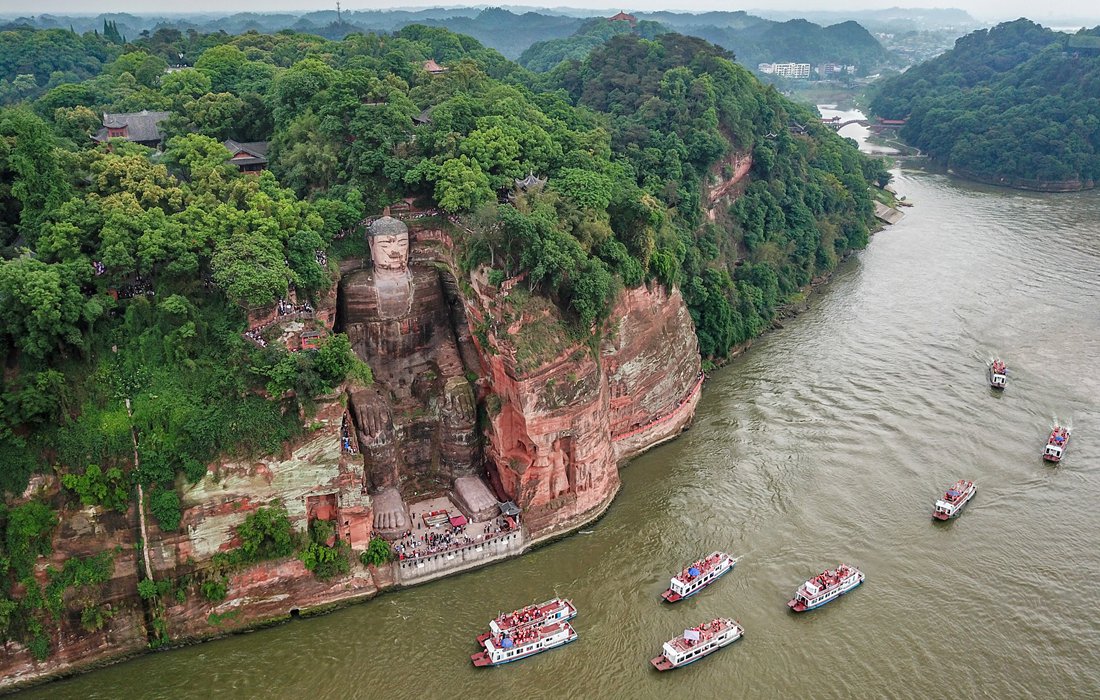
Located in Southwest China’s Sichuan Province, Mount Emei Scenic Area has exceptional and diverse vegetation, ranging from subtropical to subalpine pine forests. As one of the most famous Buddhist Mountains, Mount Emei witnessed the building of the first Buddhist temple in the 1st century AD followed by increasing construction of cultural projects, among which the Leshan Giant Buddha, the largest Buddha in the world has considerable fame. It was inscribed on the World Cultural and Natural Heritage Site list in 1996.
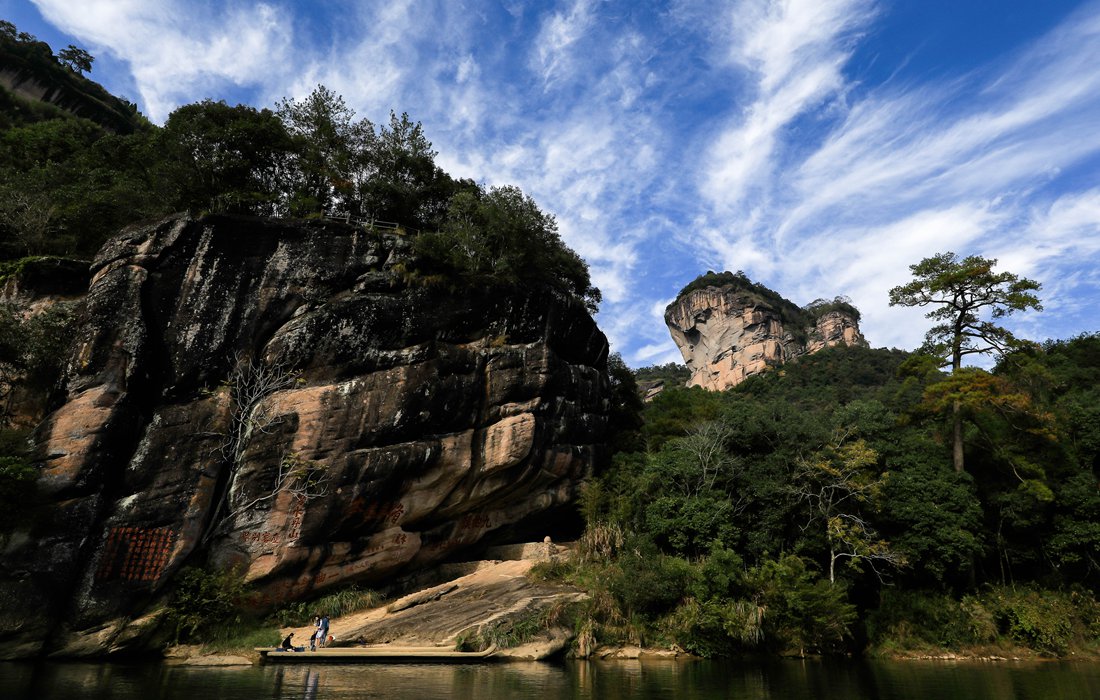
Mount Wuyi is the most renowned biodiversity conservation area in Southeast China, located in East China’s Fujian Province. The numerous temples and monasteries on Mount Wuyi signify the development and spread of neo-Confucianism, which influenced the culture of East Asia extensively since the 11th Century. It was inscribed on the World Cultural and Natural Heritage Site list in 1999.

